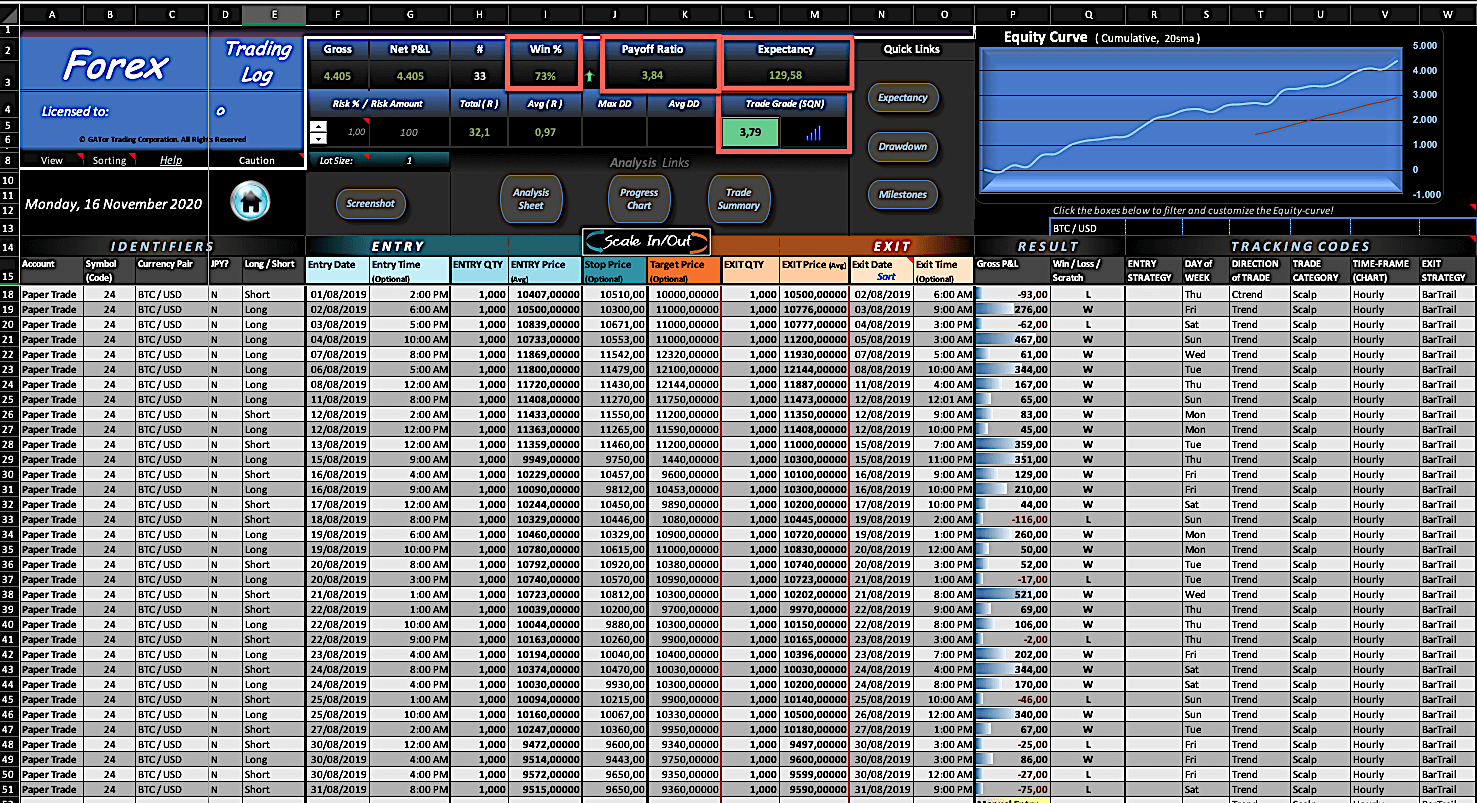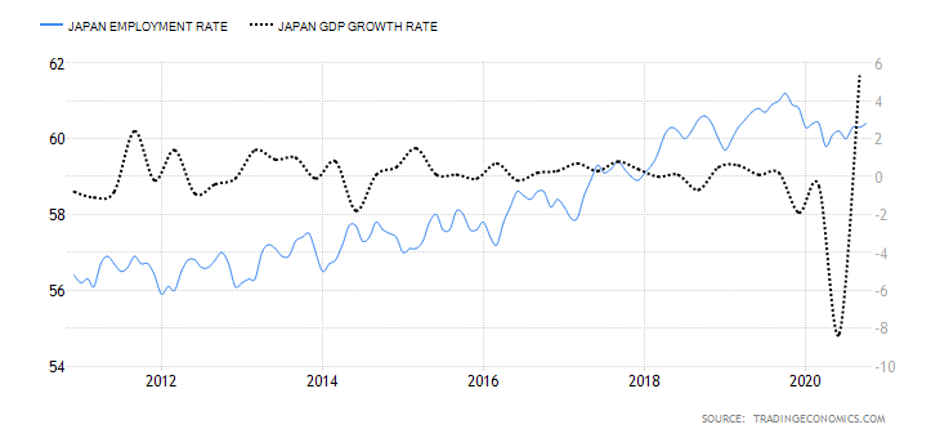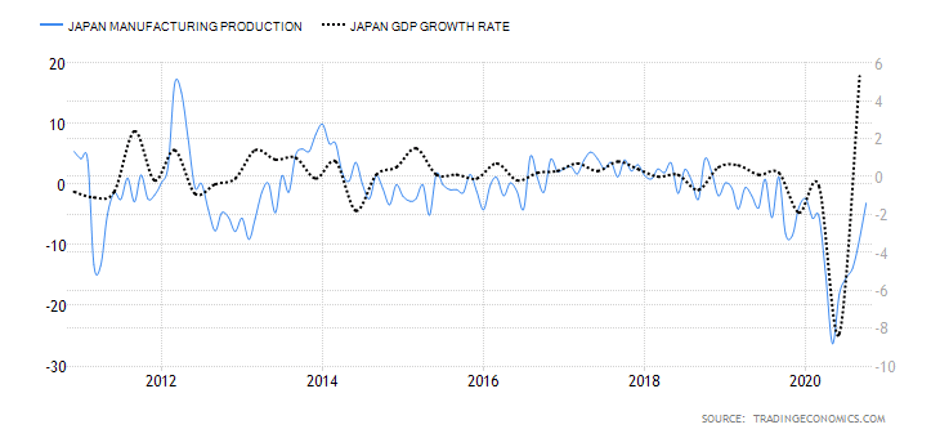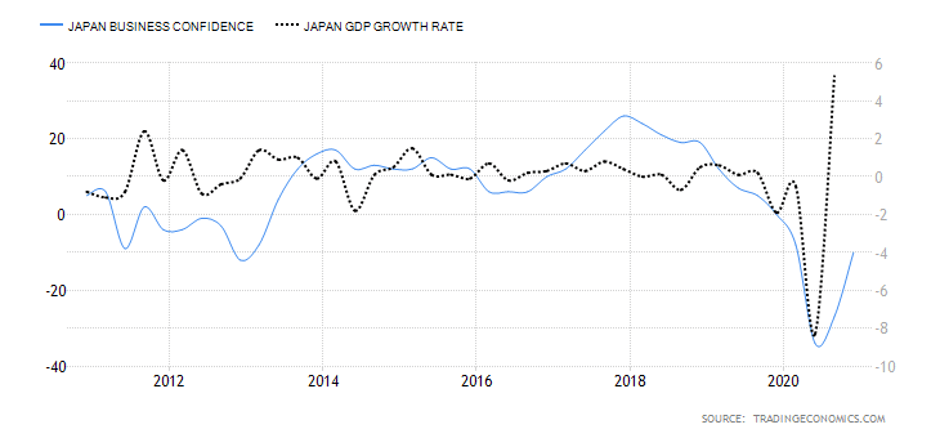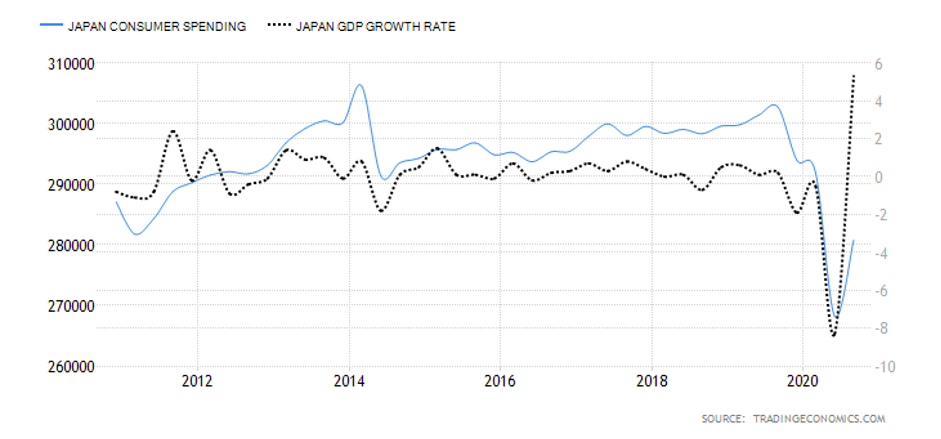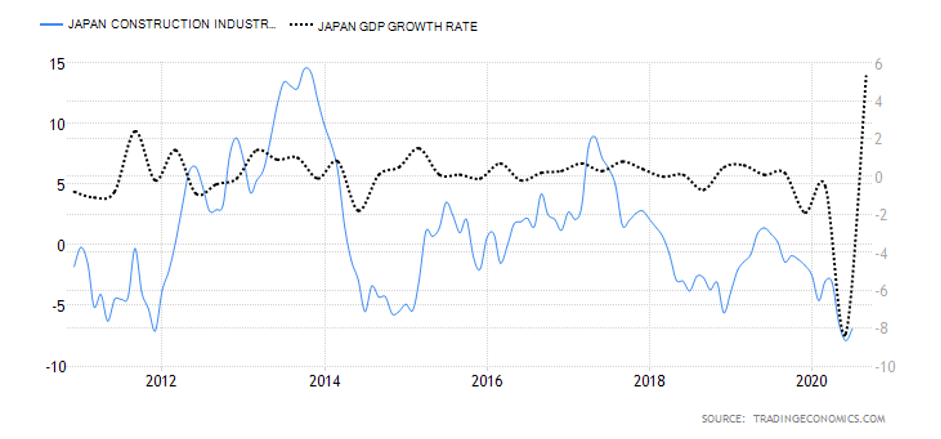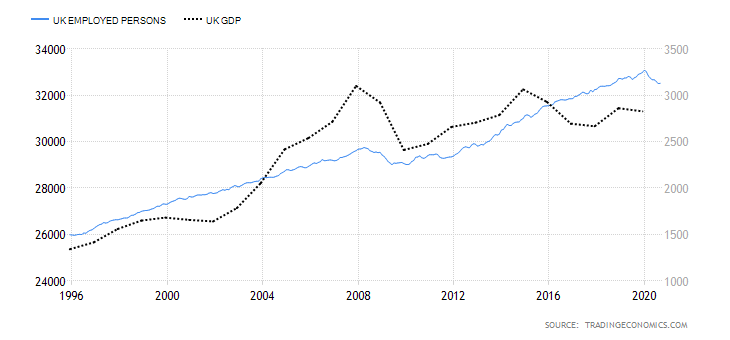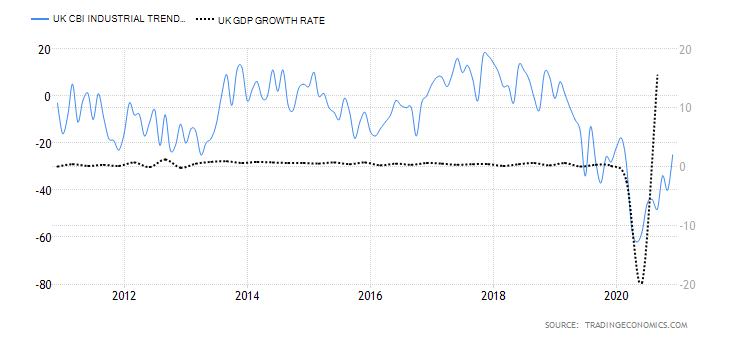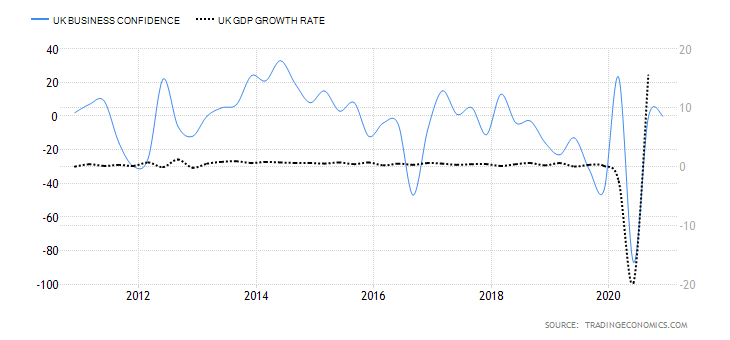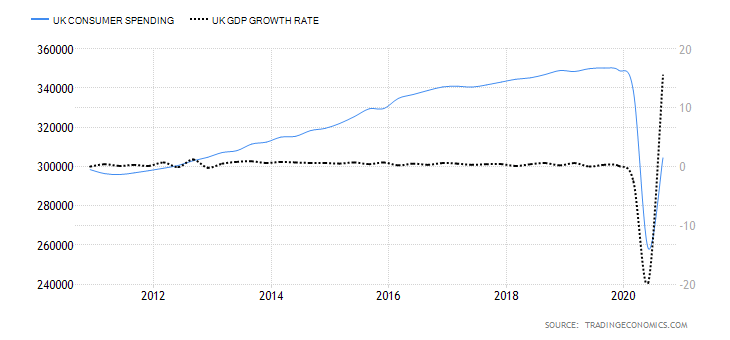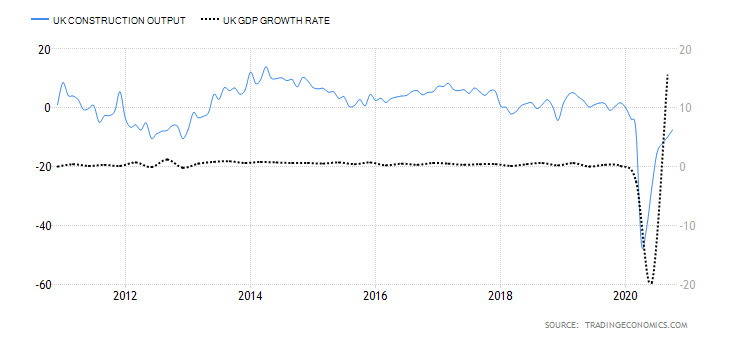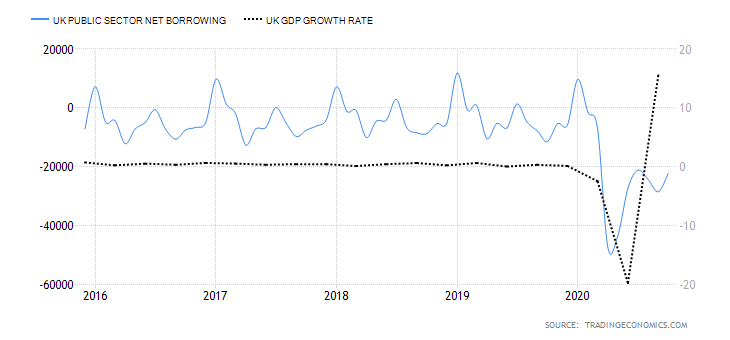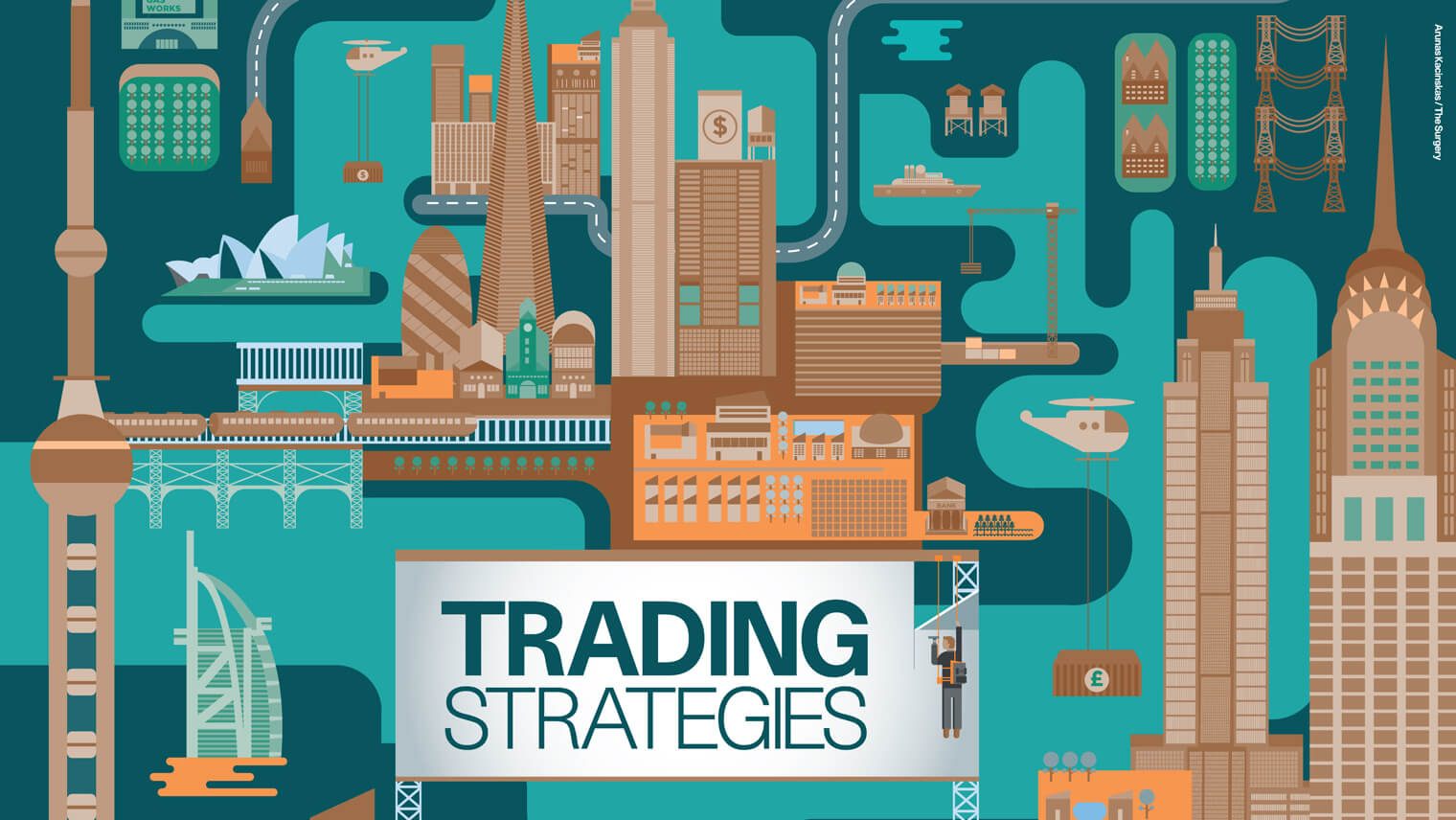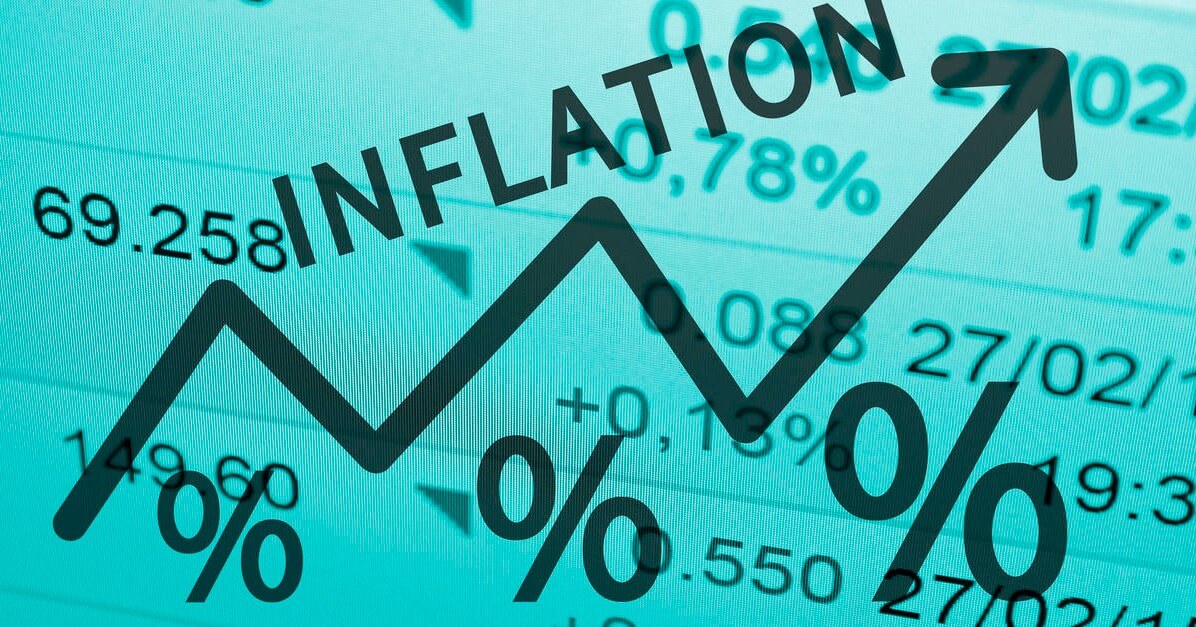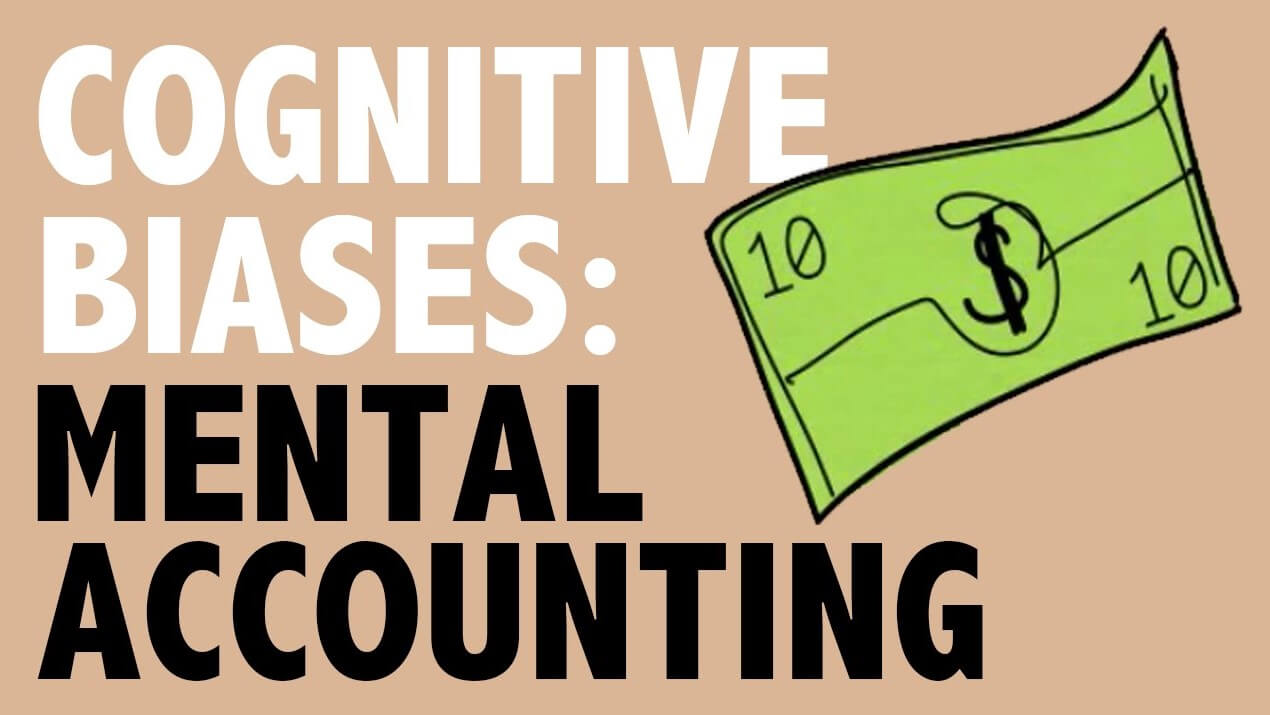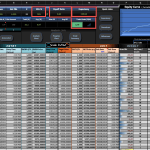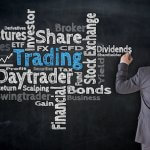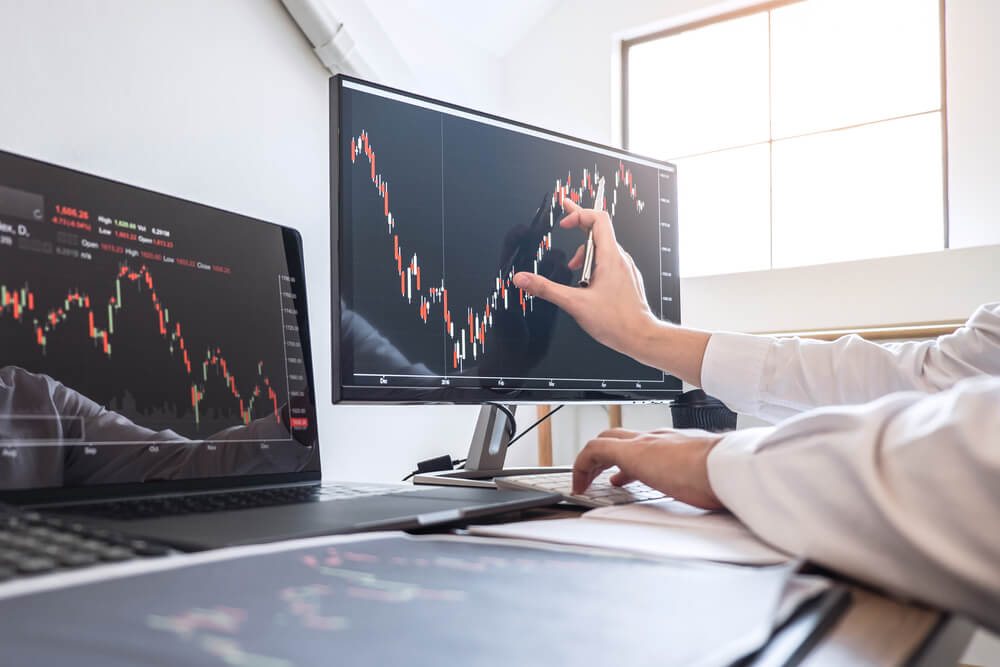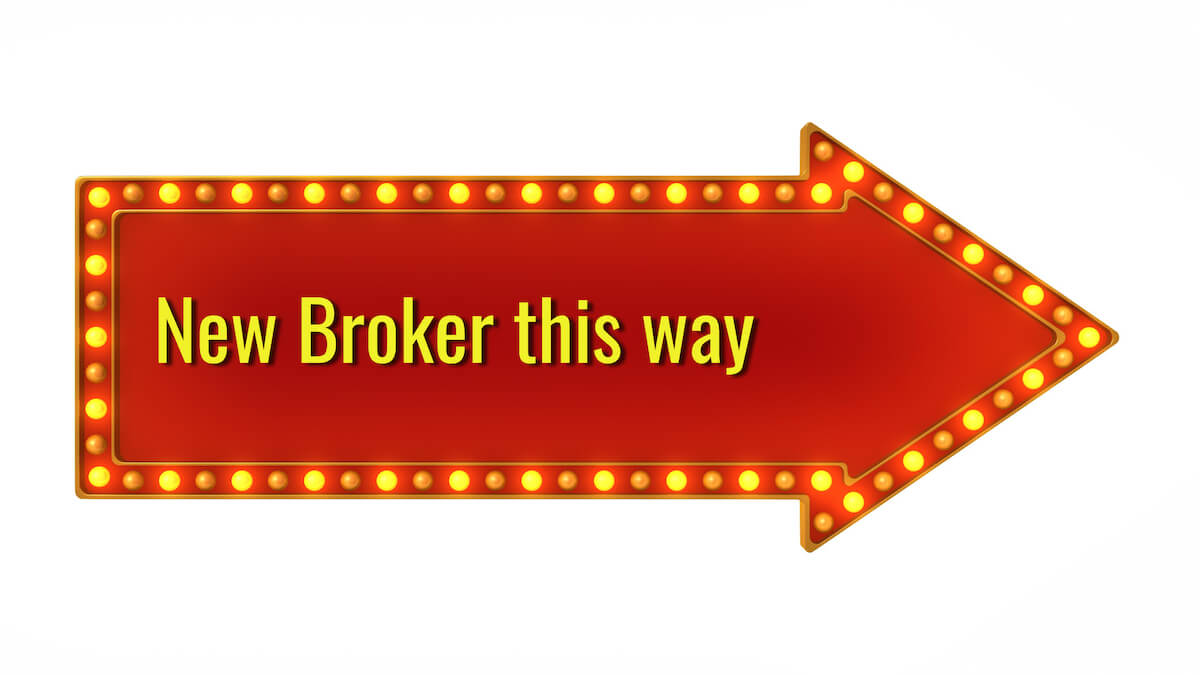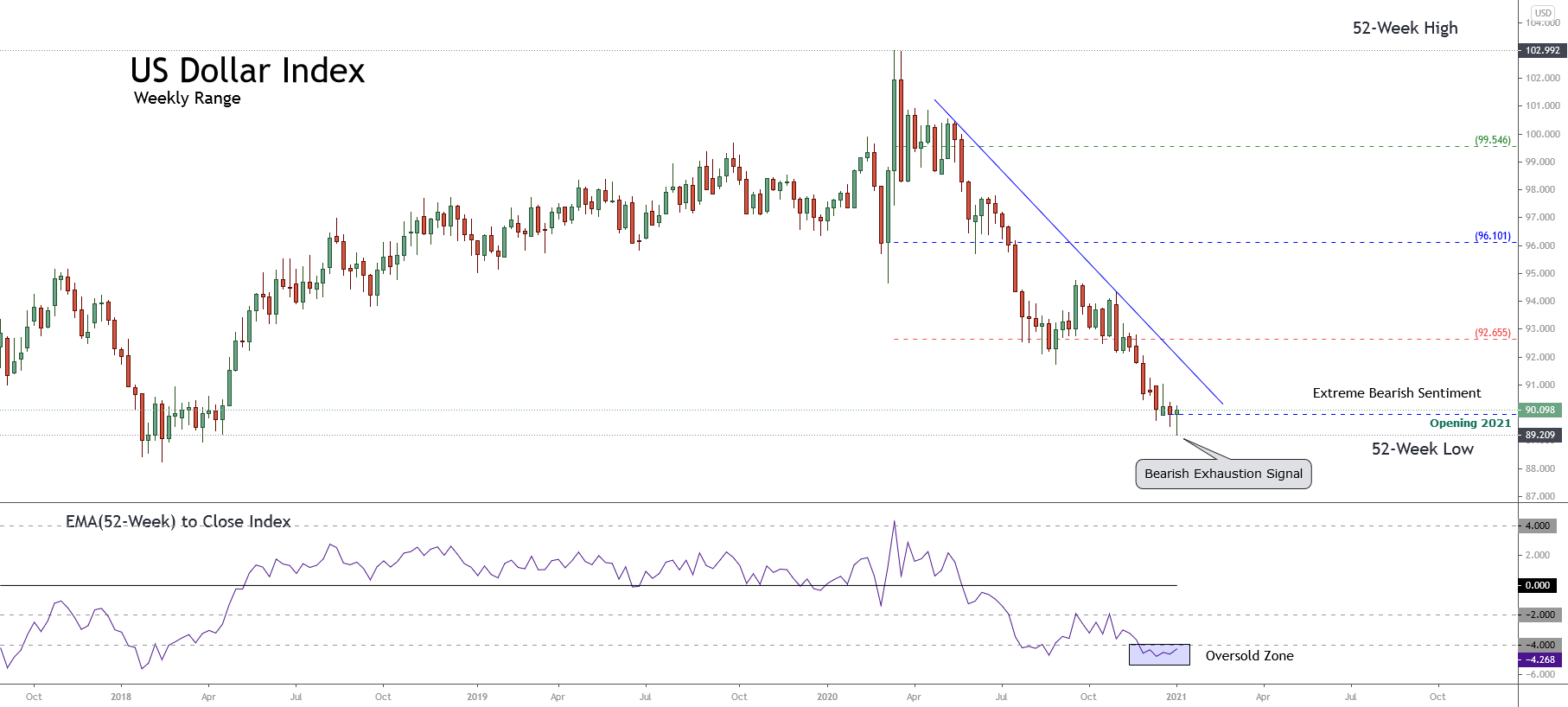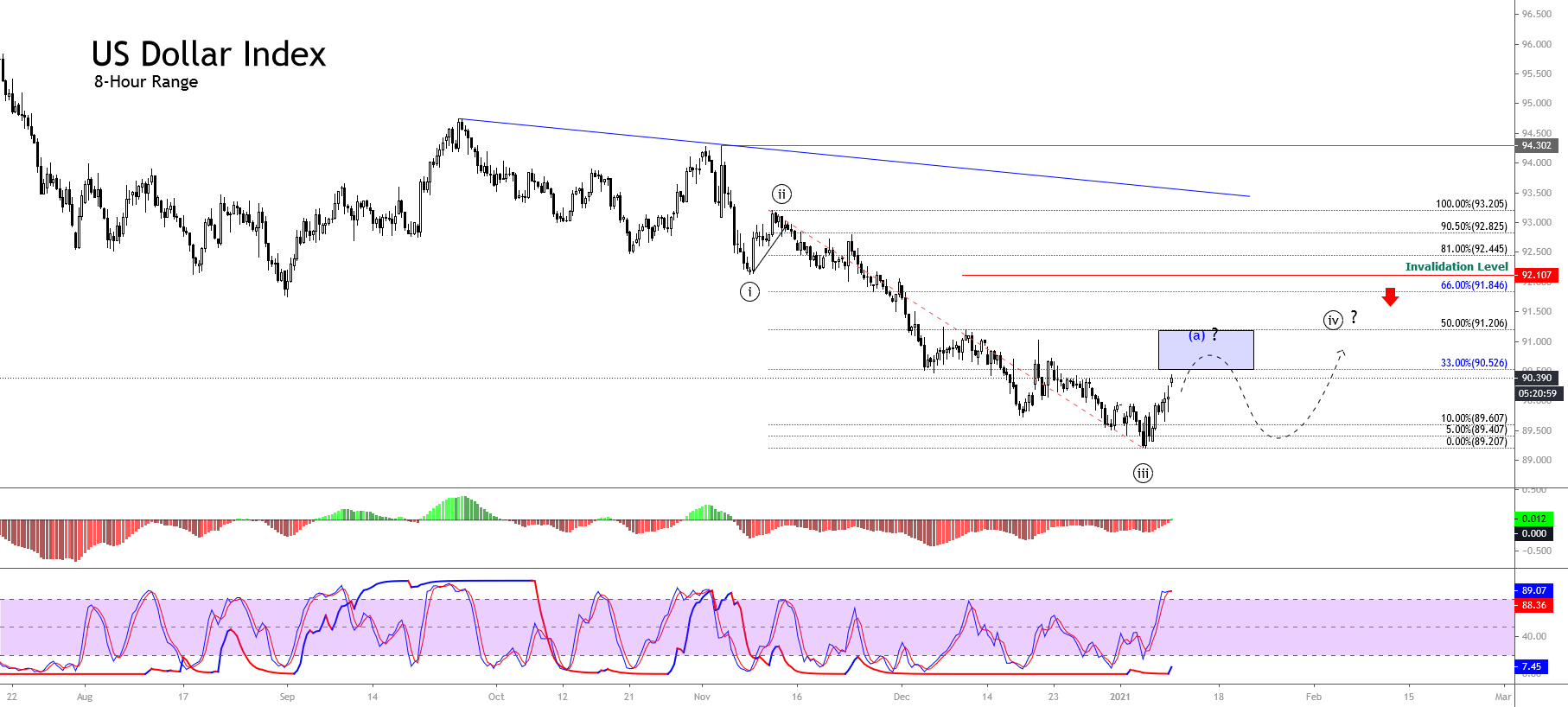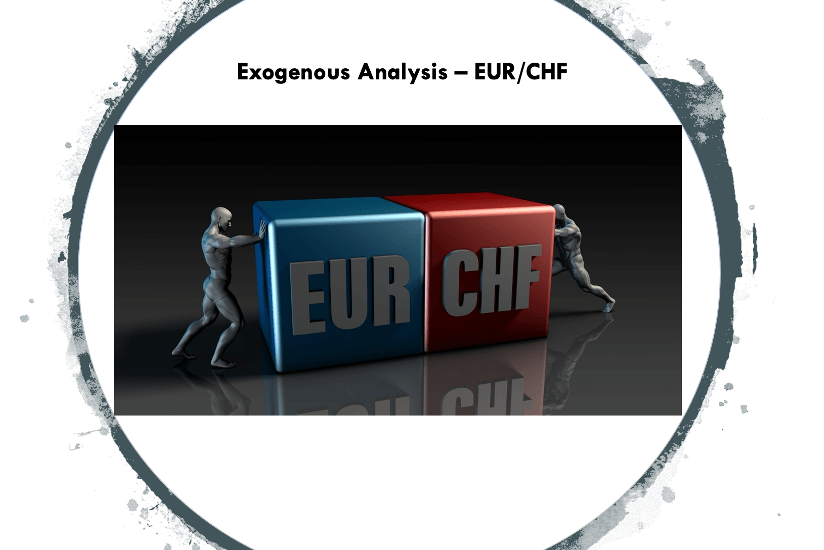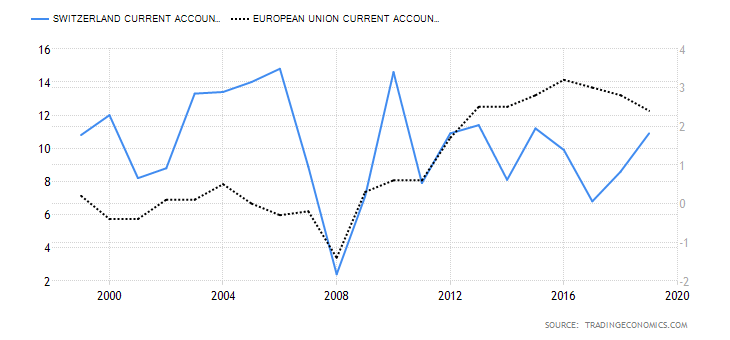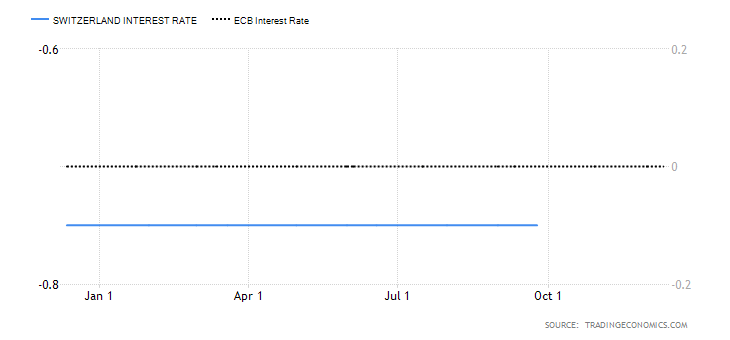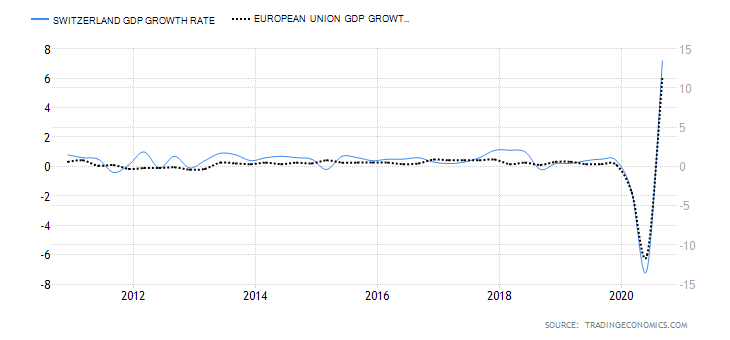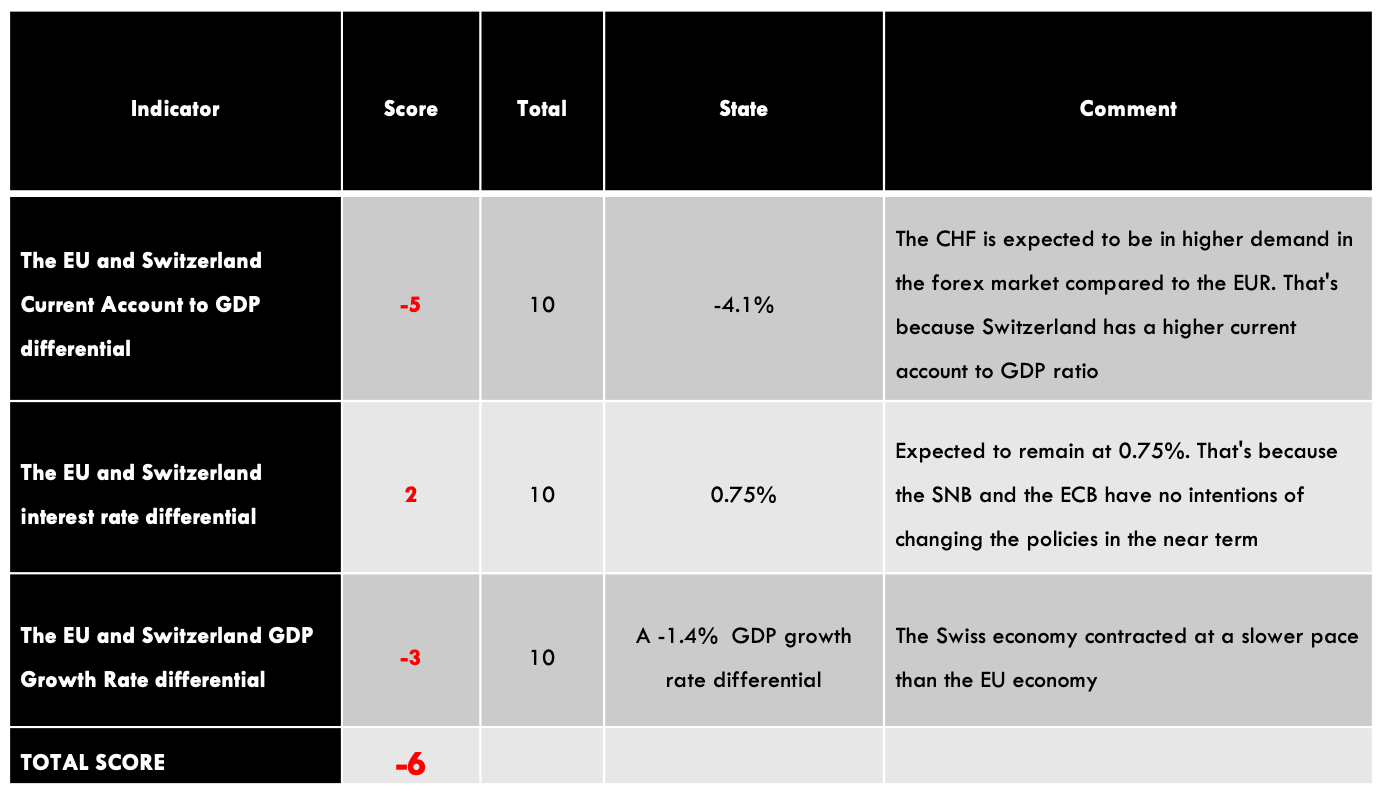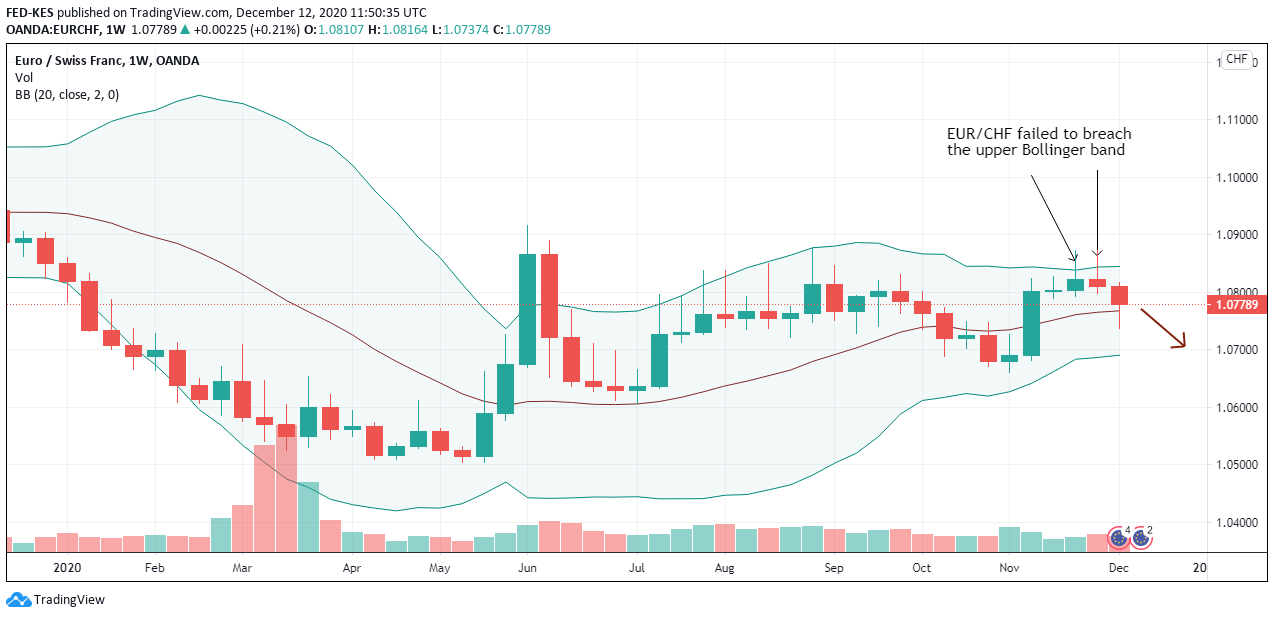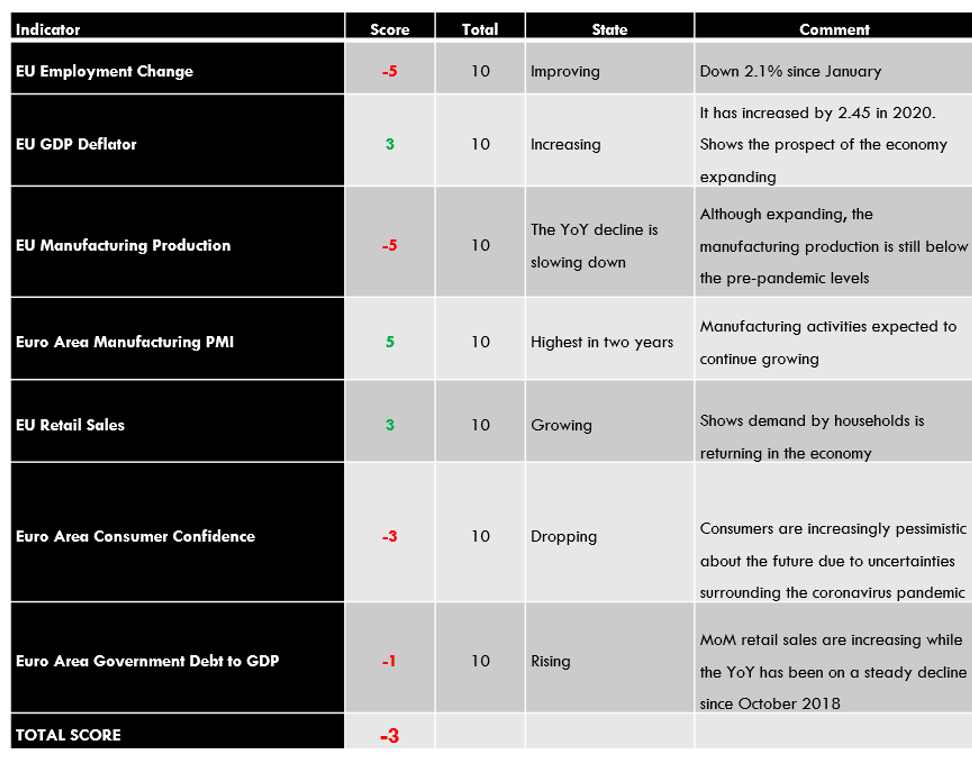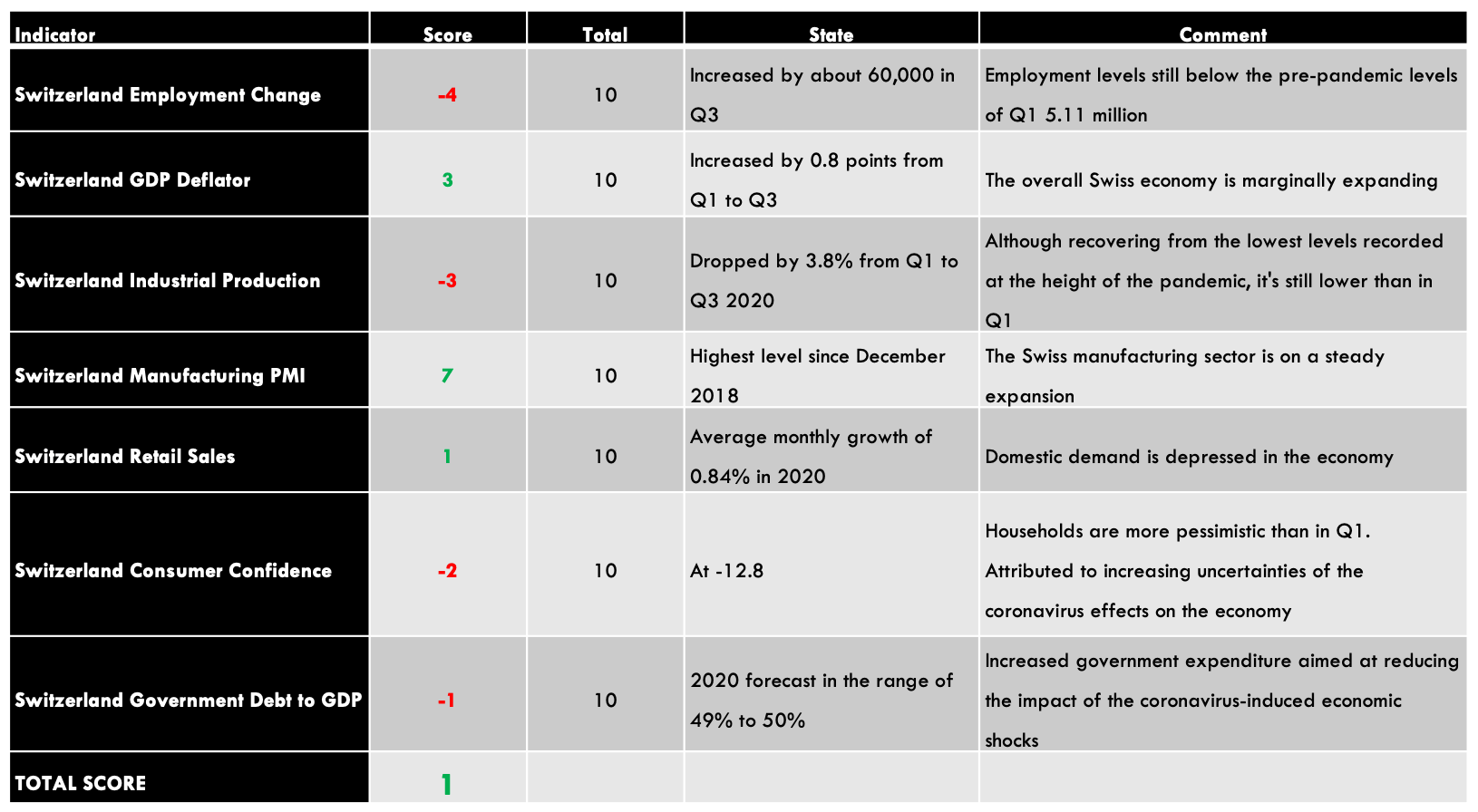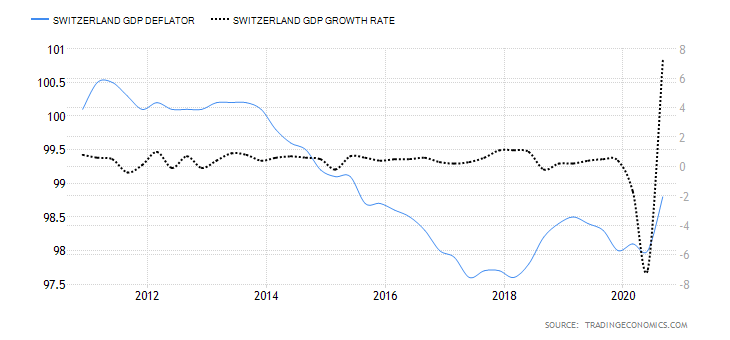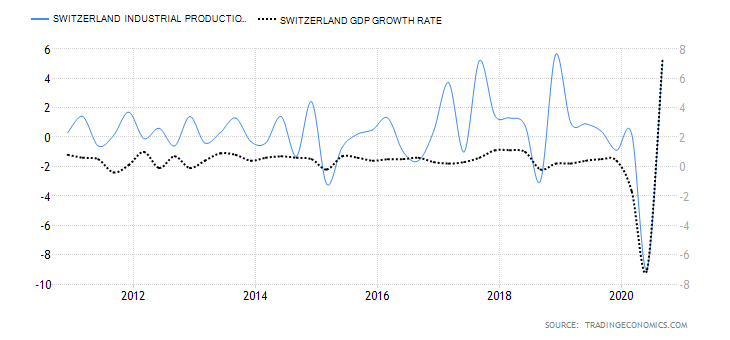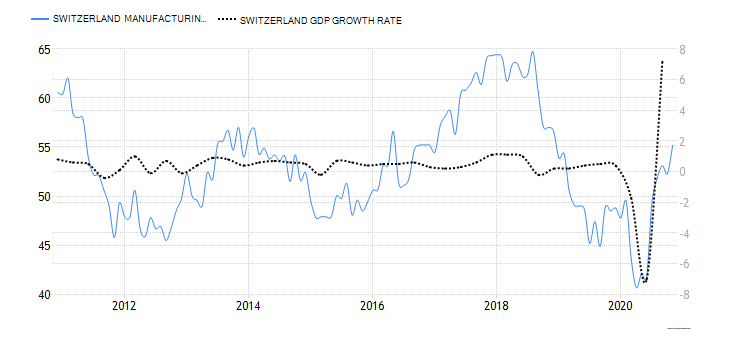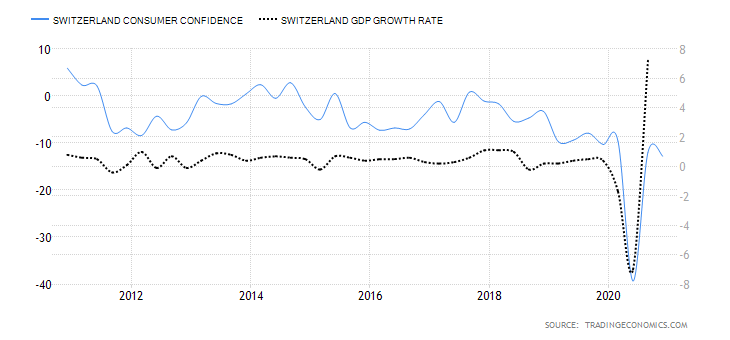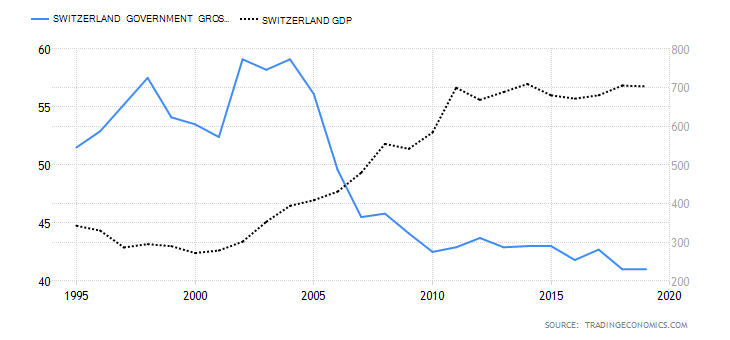The vast majority of agents involved in the financial markets know the term accounting. We also know the different categories within the generic concept: financial accounting, corporate accounting, analytical, management, banking, etc. However, what do we know about Mental Accounting? Have you ever wondered about the internal processes that our minds follow when we open or close a position? Why isn’t it easy for us to close a loss-making operation? Why do we rush to sell the winning trades, even knowing that they can have a favorable path to our position?
In the same way that a company has to identify, evaluate, and record the relevant accounting facts, individuals face the same problem. When an institution provides a service or sells a product it has to record this fact, when we in the market open a position, we open a mental account that will move with the fluctuations of the market even if we do it unconsciously.
Mental accounting seeks answers to questions such as those I have just asked and the purpose of this article is to show that mental accounting influences decision-making whose final outcome is uncertain, that is, the decision under uncertainty, and that its study and knowledge can provide us with greater mental stability to face activities such as investment or trading. Mental accounting is the set of cognitive operations developed by individuals to organize, evaluate, and track financial activities.
Fundamentals of Mental Accounting
Financial accounting is composed of a set of rules that have been codified over the years, can be found in quite a number of textbooks and unfortunately, there is no equivalent of these rules in mental accounting, We can learn them by observing human behavior from which we can infer rules of conduct. In this article we will try to see three components of mental accounting:
– The first refers to how we perceive actual events and how we make decisions based on those events. In the diagram below, the individual or trader is linked to the actual events.
– The second component is the allocation of each activity in your specific mental account. Financial accounting teaches us that there is a classification of expenses and revenues that are within a budget.
– The third component tells us about the frequency with which we evaluate accounts, we can audit our financial accounts annually, monthly, or daily if we consider it, what happens with our mental records? , Do we have enough willpower not to count the money we are earning or losing while we are positioned in the market? In the diagram below would be the return flow of each account to the trader.
A more detailed study of our mental structure shows that it is not advisable to count money in situations that require decision-making under an atmosphere of uncertainty such as poker, black-jack, or trading so that the audit of our accounts should be done with enough time to not affect our decision making, this time-space will be different for each trader, who through a process of trial and error must find its optimal review frequency.
The Profit and Loss Environment
To get us into the decision-making process of each individual, we must infer a utility function that offers us an output value for each of the decisions and thus be able to decide between our range of possibilities in matters such as, When to buy? At what price to buy? How much to buy? For this we will use the function of Kahneman and Tversky which has three essential elements:
– Transactions processed by mental accounting are mainly evaluated one at a time and not in relation to other transactions.
– Both the loss function and the profit function show a decreasing sensitivity, and this implies that the difference between 20 and 30 euros may seem larger than the difference between €1,000 and €1,010.
– Risk aversion. The loss of 100€ causes us more pain than the satisfaction that provides a profit of 100€. The influence that risk aversion has on our minds is considerable, as we shall see later.
Below we will review with some examples the characteristics of the function exposed. Suppose we want to buy a tie and a suit for €10 and €120 respectively, and when we arrive at the store the seller informs us that in the store located 20 kilometers from the store where we are, they have lowered the prices of both products by €5, leaving them at €5 and €115 respectively. Given this circumstance, most people will prefer to travel the distance to benefit from the reduction of the tie but will not do the same for the suit, although the reduction in both cases is the same. In this case, our mental accounting is based on relative rather than absolute perceptions.
The example of the tie and the suit shows us that we are willing to travel a distance to save money on the lowest priced product and not for the same savings on the most expensive product so we infer that the utility that provides the savings is associated with the differences in value and not in the value of the difference. This helps us to model how the individual processes event combinations to maximize their usefulness. We need to know if for two events, X and Y, their joint utility function F(X+Y) is greater than the sum of the individual functions F(X) + F(Y), and the utility function we mentioned earlier would have the following features:
– Separation of earnings.
– Grouping of losses.
– Grouping small losses with larger profits (to overcome risk aversion).
– Separate small gains from larger losses (the profit of a small gain exceeds the profit of reducing a large loss by a small amount).
An example of the first rule is the possibility of winning a pool with a prize of 75,000 euros, against winning two pools of 50,000 and 25,000 euros respectively. According to the work done by Richard H. Thaler, 64% of the surveyed population prefer the second option. The examples for the other rules are as intuitive as the one mentioned. Regarding the second section, we prefer to pay a purchase of 50 € with a credit card in which we will group all the purchases of the month and will be included within the total invoice of supposing 790 € to pay the 50 € in cash at the time of the purchase.
Opening and Closing of Accounts
One of the most useful components for mental accounting trading is the decision when to leave an account open and when to close it. Consider the purchase of 1,000 shares of telephone to 10€, the initial investment is 10,000€ but the value of the same will fluctuate with the movements of the market, producing gains or losses in paper until we sell the securities. The mental accounting of these losses and gains is misleading and depends on the time variable, one of the basic intuitions is that an effective loss produces more pain than a loss on paper and because closing an account with losses produces pain, Mental accounting induces us to delay the decision to close losing trades and to advance the decision to close winning trades to feed our ego.
Decision-Making: Grouping and Past Events
When we think of decision-making processes as a set of events that we can group together or dissociate, we must consider the importance of parenthesis localization in grouping together these events, because the pain produced by a loss is less if we can combine this loss with a higher gain, thus blurring its total effect.
Just as important are past events for decision making, if we are operating in the market and we are going to open a position, the results of past decisions will always affect the mental process of the new position. I would like to focus on the importance of real money, it is not the same to do this test sitting in the living room while we have coffee, that operating in the market while we gamble our savings.
The first question in the survey gives us the vision of how a gain can stimulate us to look for more risk in the same account, a este fenómeno se le denomina ‘house money effect’ o ‘efecto del dinero de la casa’ o ‘efecto del dinero arrebatado al mercado’ y debe su nombre a los jugadores de casino que llaman ‘la casa’ al casino y por consiguiente, The money from the house would be the one they’ve previously taken from the casino. This mental account of our money and that of the casino or financial market is reset to zero every day if we dedicate ourselves to an intraday operation. In this case, we have a clear example of how mental accounting is a problem for our operation since we should treat in the same way the money with which we start the operation of the money taken from the market, that should be treated as our money and not put you at greater risk.
The second conclusion of the study is provided by the second and third questions, past losses do not stimulate the search for risk, unless the new move offers us the possibility of compensating for the previous loss (break-even point), any trader, whether professional or amateur, can corroborate this conclusion through their personal experience.
Conclusion
During the presentation of the examples and works carried out in the field of mental accounting, it has been tried to demonstrate the importance that the processes of mental calculation have in our real operation, starting from the great ignorance that exists on this matter. The more knowledge we have of these processes, the greater our capacity to fight against the market and its greatest enemy, which is within each of us.
The trading industry knows that the mental structure of future traders is right for them to lose money, the difference in lost money between novice traders will be defined by how long it takes the trader to realize that the enemy is at home and that he has to try to change his beliefs, the next thing is to have a good system, a stable rules of money management and above all, being well-capitalized, a lot of discipline and a high dose of patience.
From now on, when you open a position, think about what has been developed in the article and try to decipher the mental registers that are being created while we are in the market and adopt the following rules:
– Avoid counting the money until you have closed the position.
– Treat in the same way the money taken from the money market with which it began to operate (house money effect).
– Never forget the influence that the previous operations have in the decision-making process of the present operations.
– Risk aversion leads us to make the suffering caused by a loss greater than the satisfaction caused by a gain of an amount equivalent to that of the loss.
– Do not be carried away by the illusion of measuring money in relative terms.
– Do not let your ego win the game by delaying the closing of the losing trades and accelerating the winning trades.

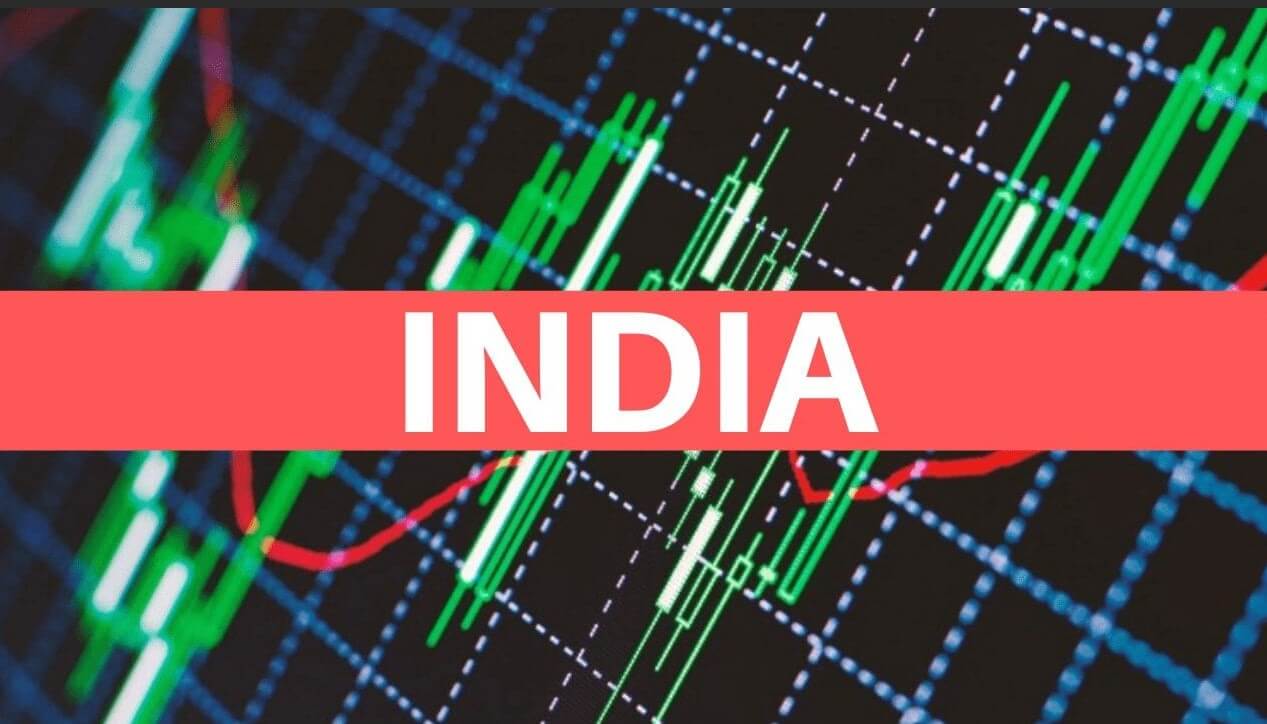
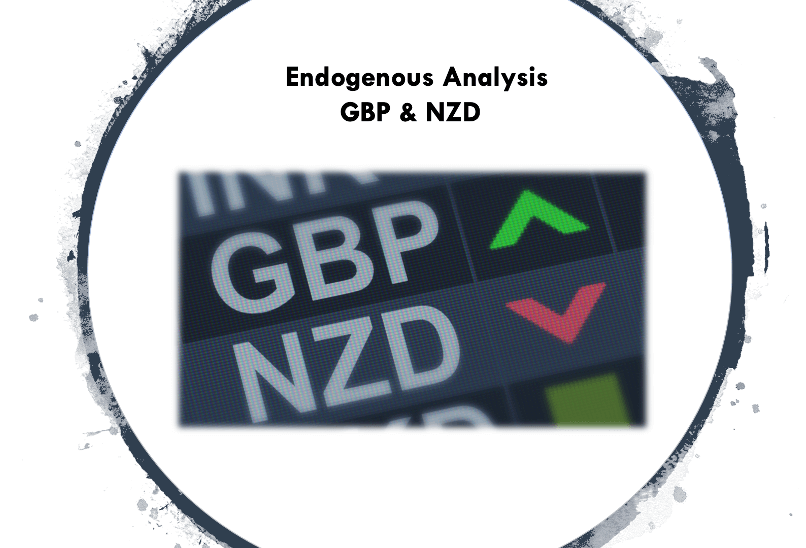
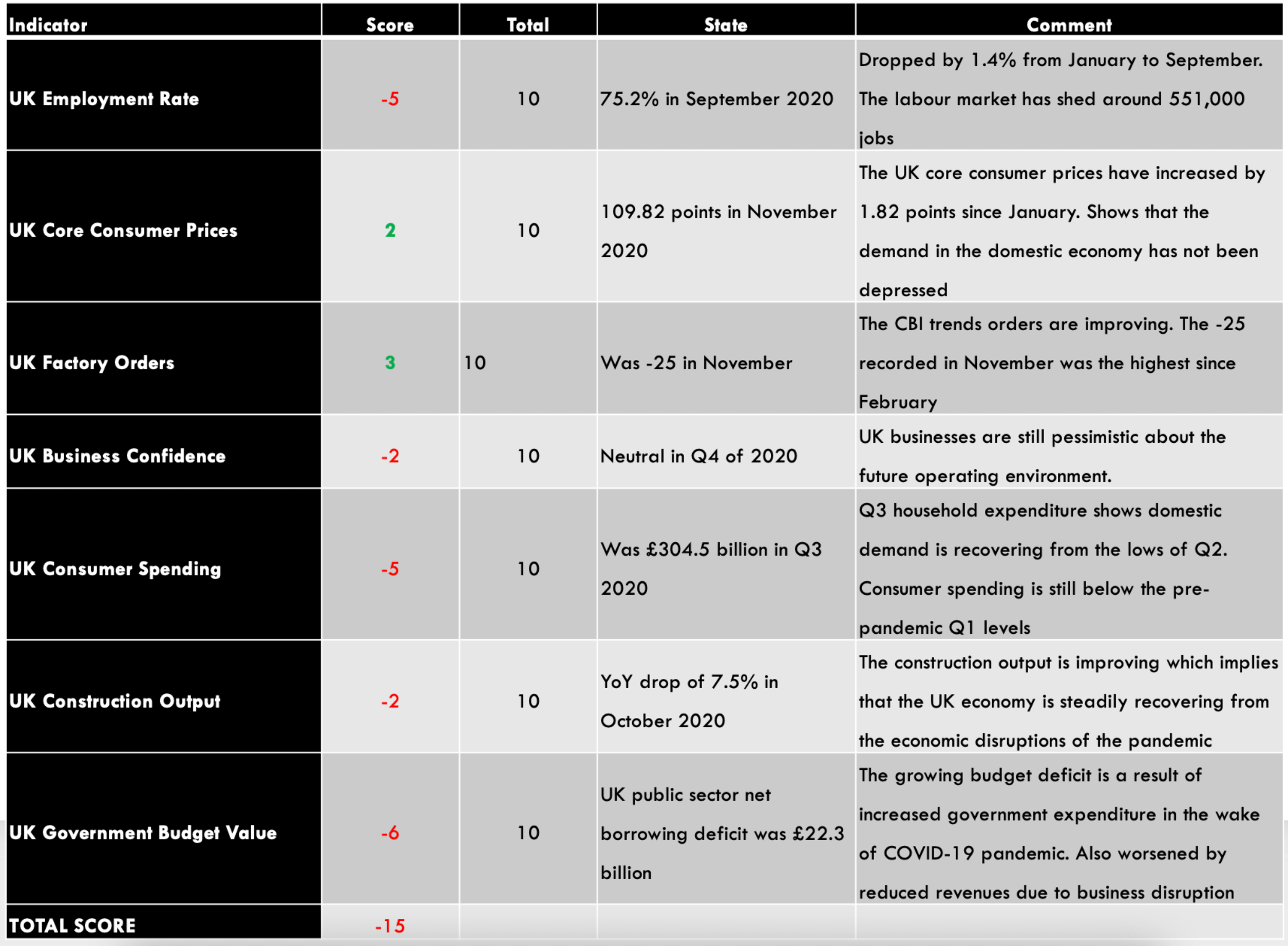
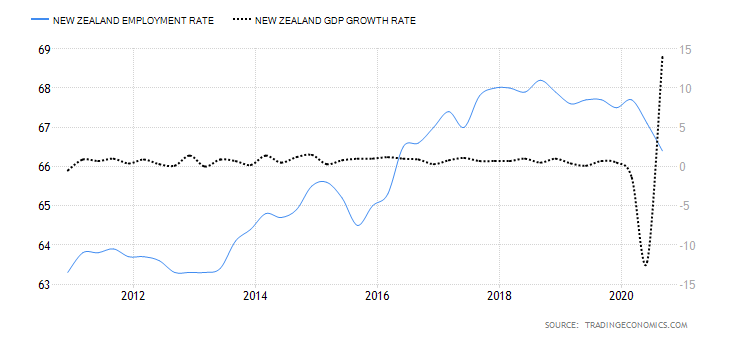
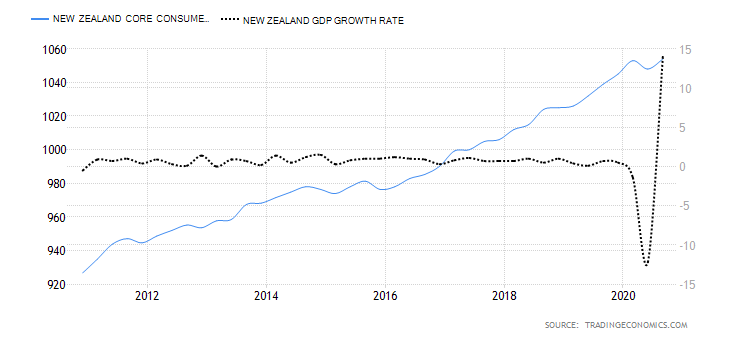
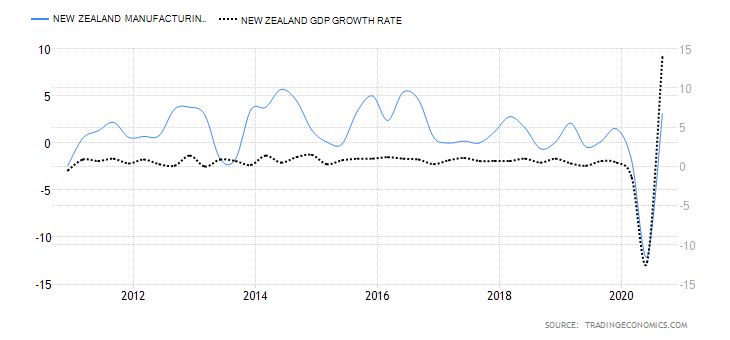
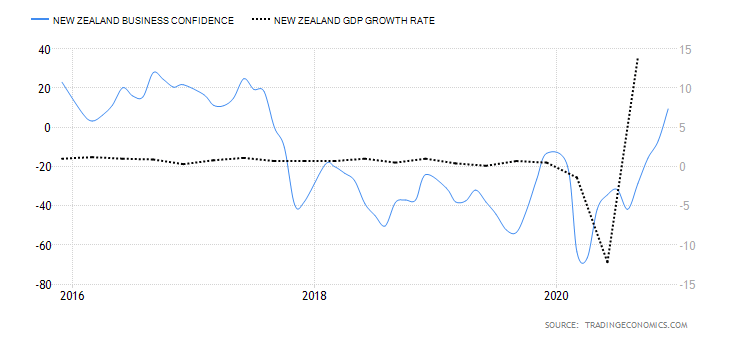

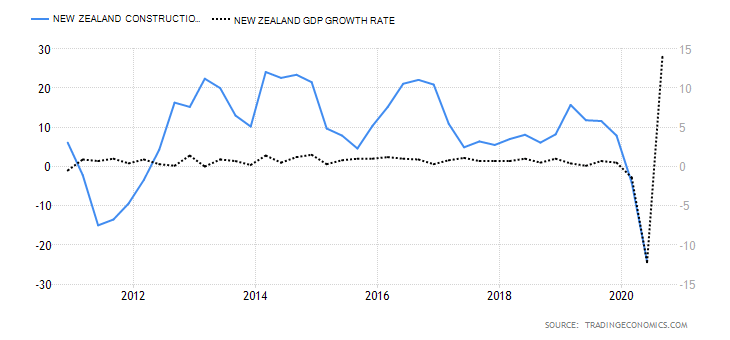


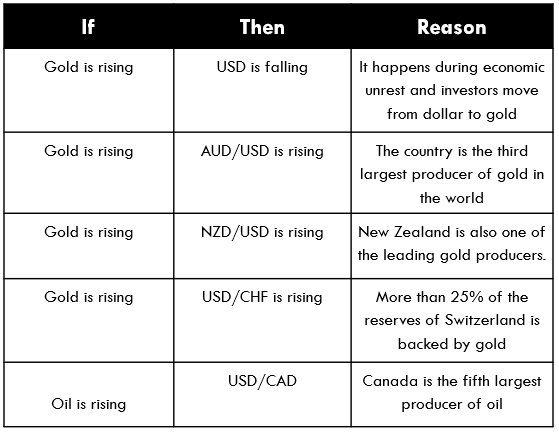


 If you’re already tense when you first log into your trading account for the day, the anxiety of trading will likely add to your tension, even if you’re making money. The best thing you can do is to start fresh each day in a great mood, so we suggest finding something that helps you relax beforehand. This could be as simple as drinking a morning cup of coffee or listening to your favorite song. Exercise is another popular option that makes people feel good, so consider yoga, meditation, going for a jog, or some other form of exercise to get those endorphins flowing.
If you’re already tense when you first log into your trading account for the day, the anxiety of trading will likely add to your tension, even if you’re making money. The best thing you can do is to start fresh each day in a great mood, so we suggest finding something that helps you relax beforehand. This could be as simple as drinking a morning cup of coffee or listening to your favorite song. Exercise is another popular option that makes people feel good, so consider yoga, meditation, going for a jog, or some other form of exercise to get those endorphins flowing. 
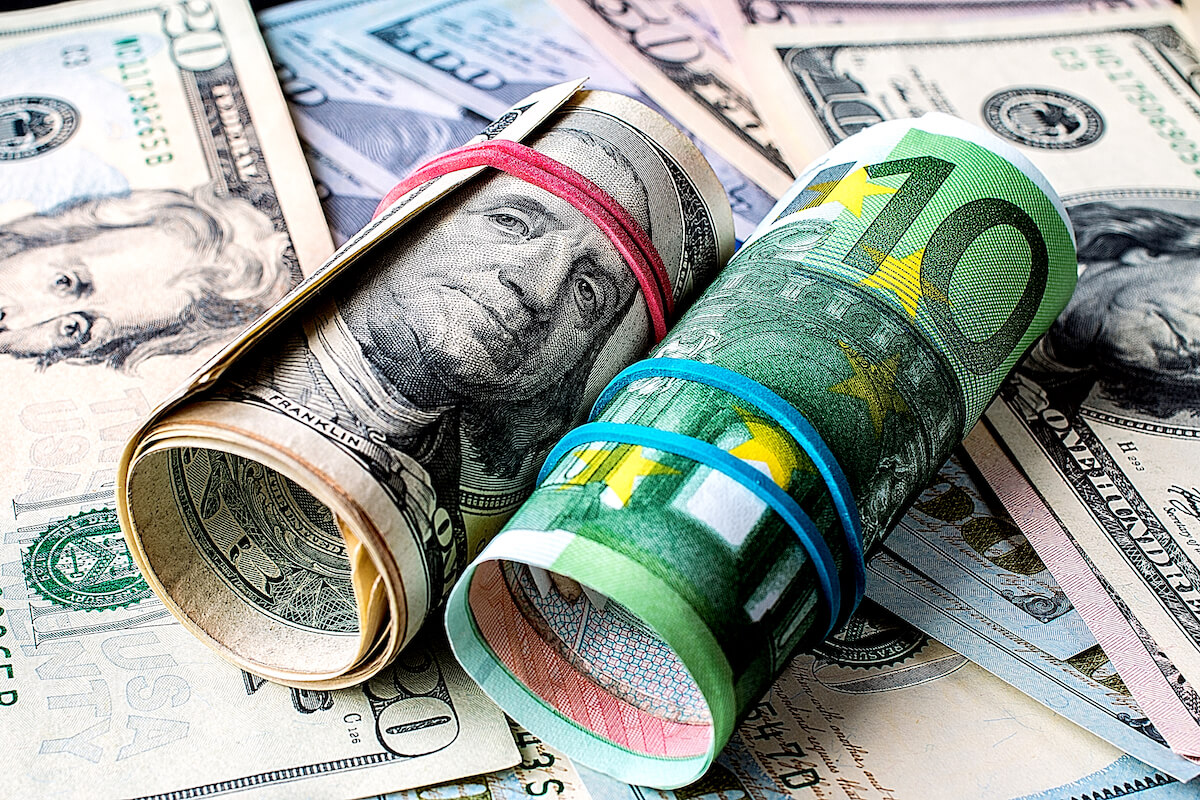
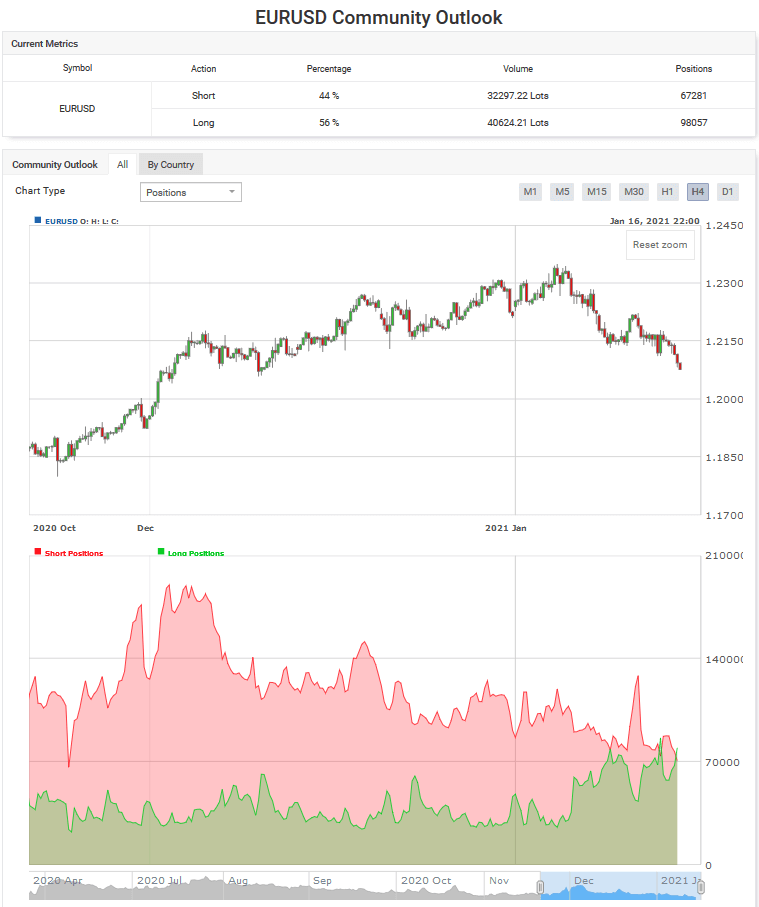

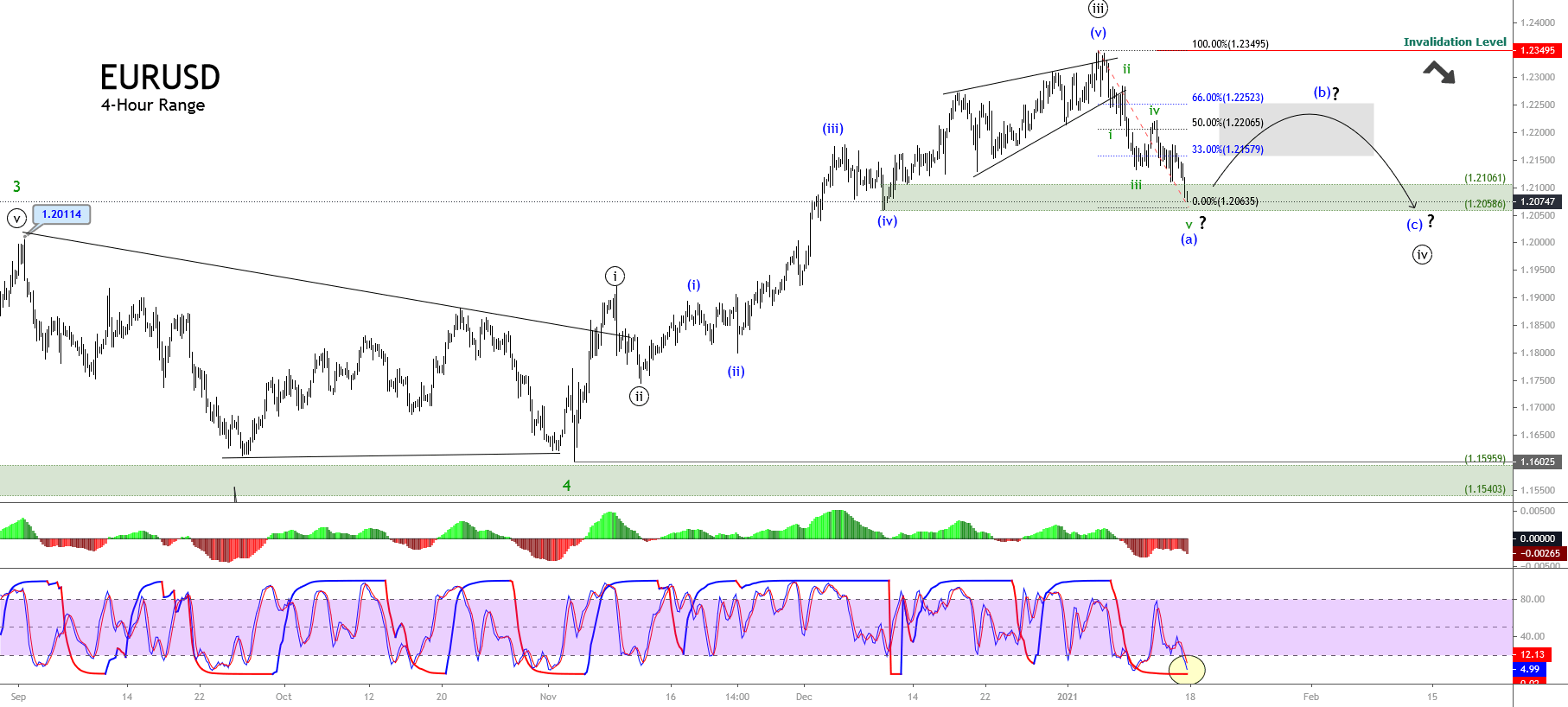
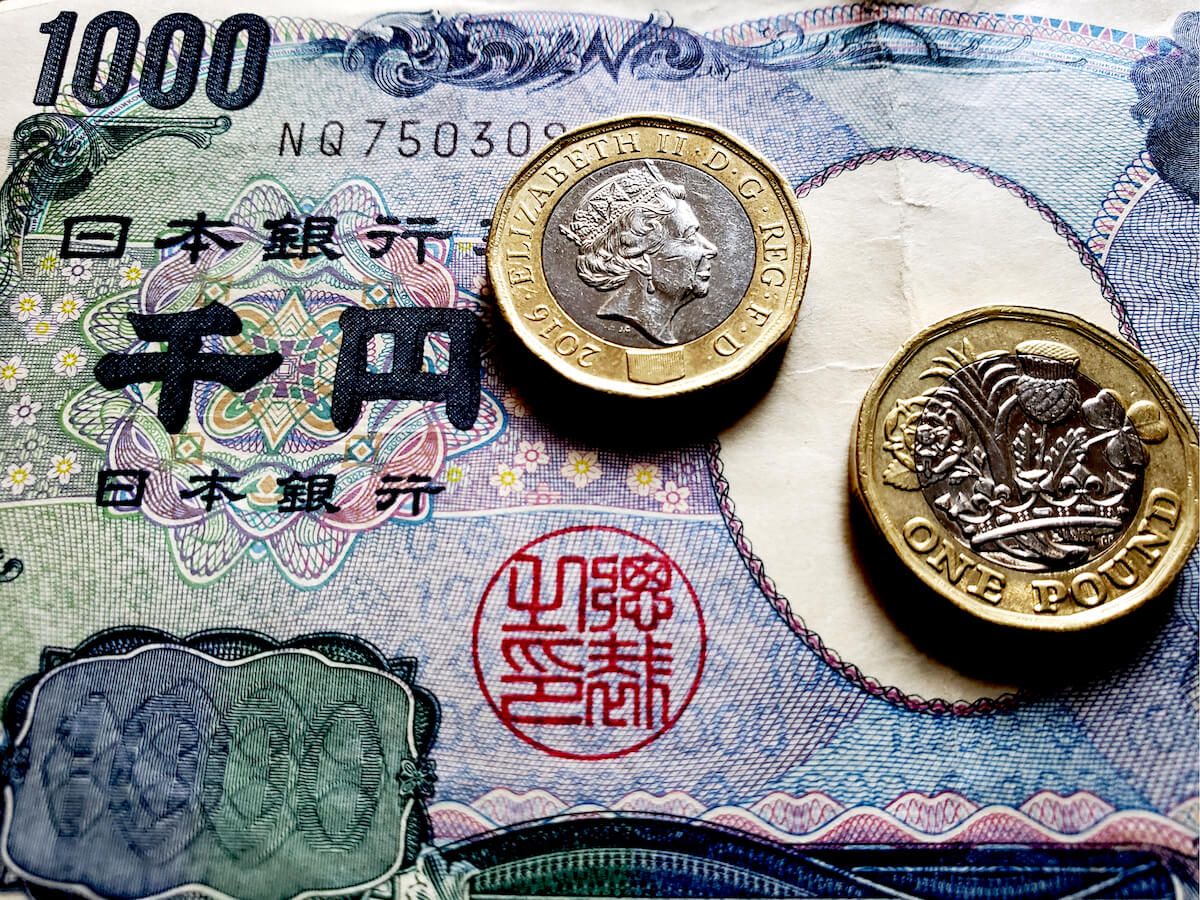




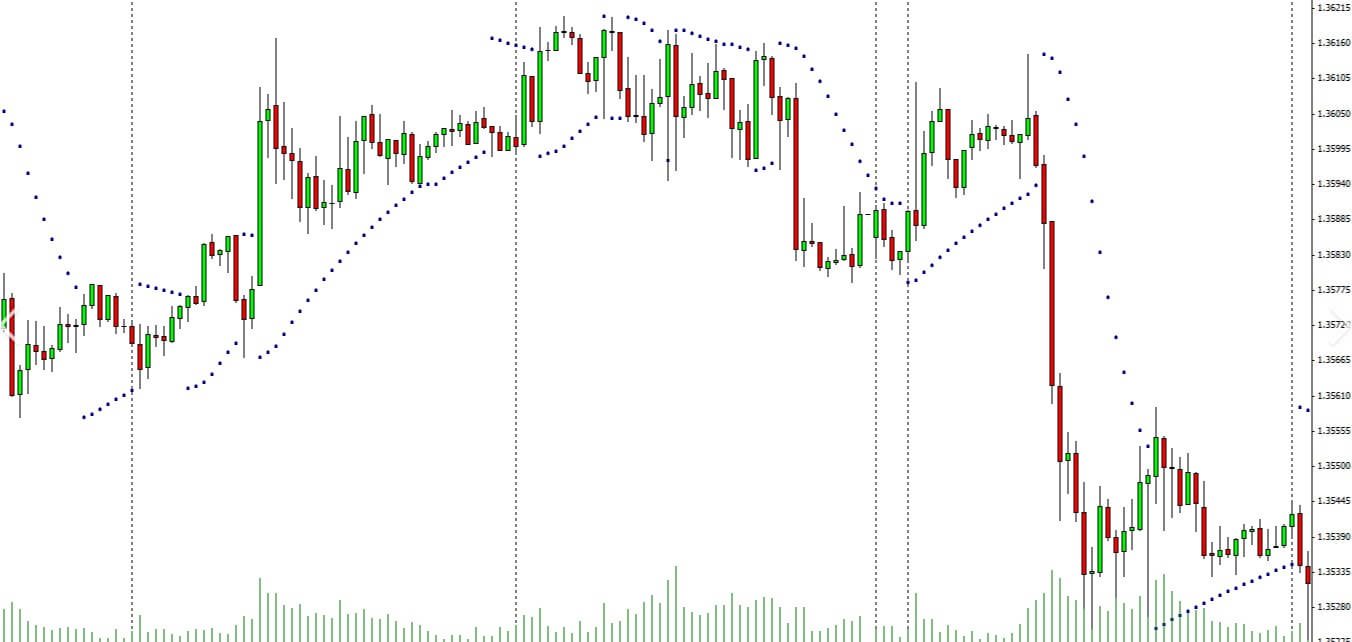



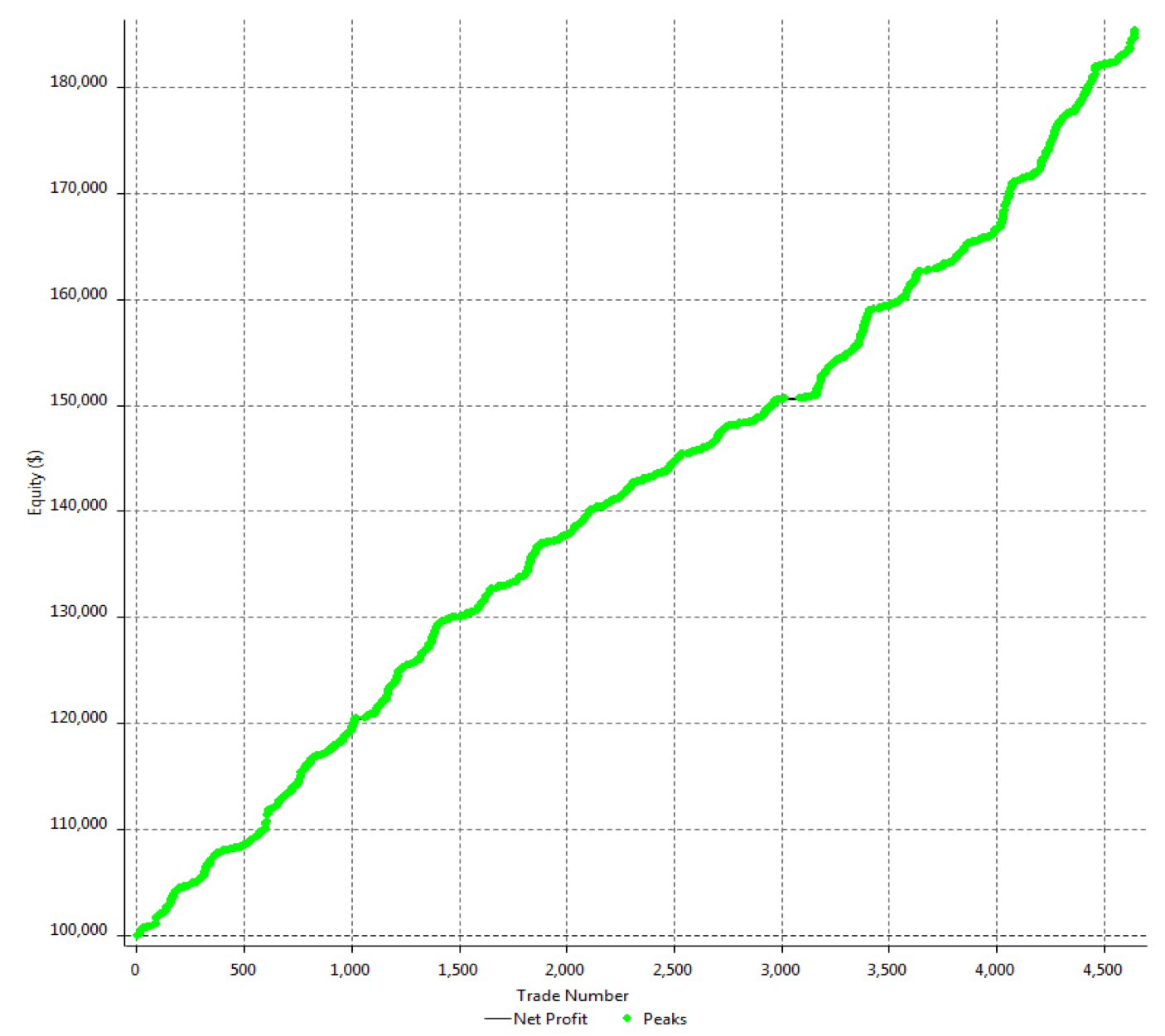

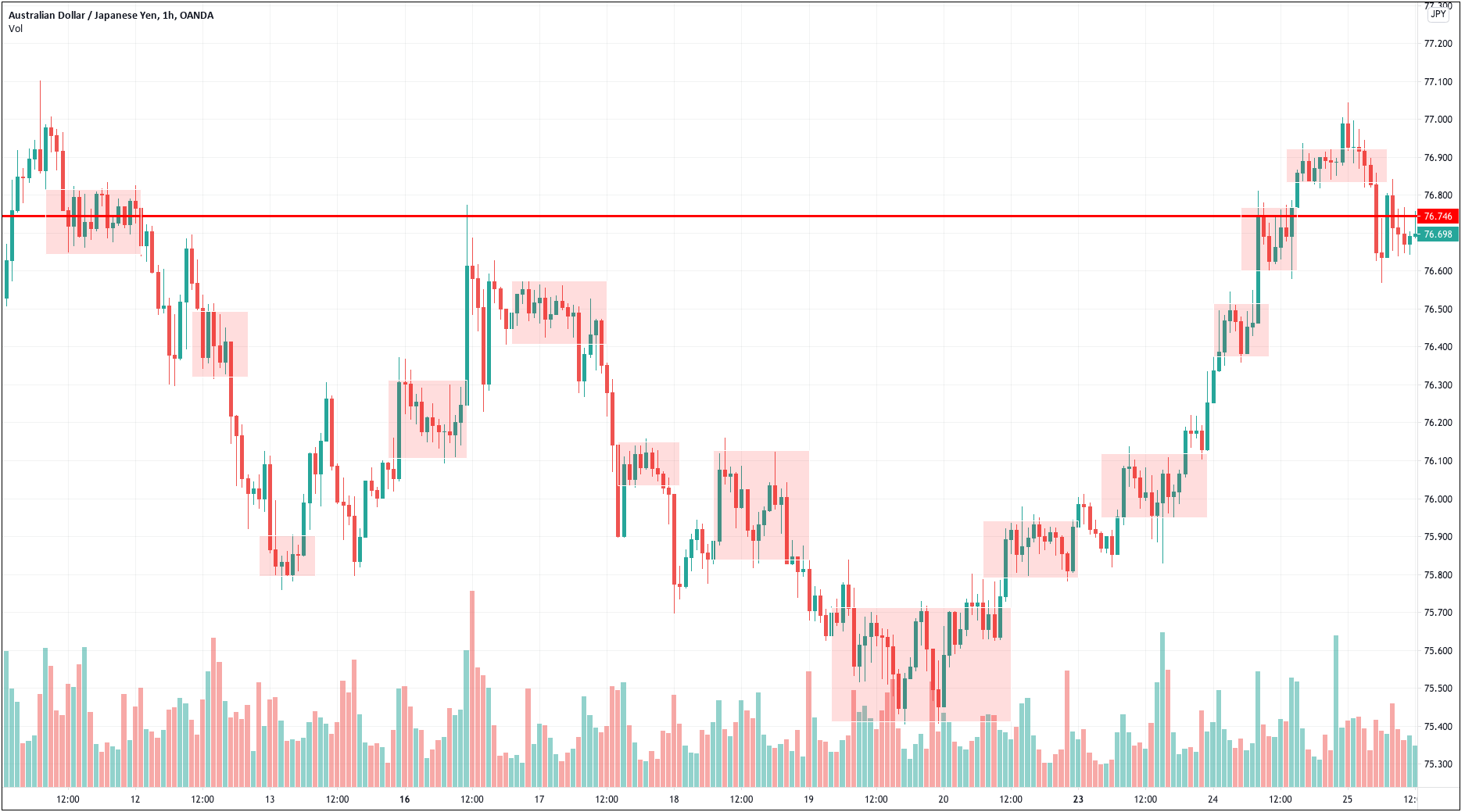
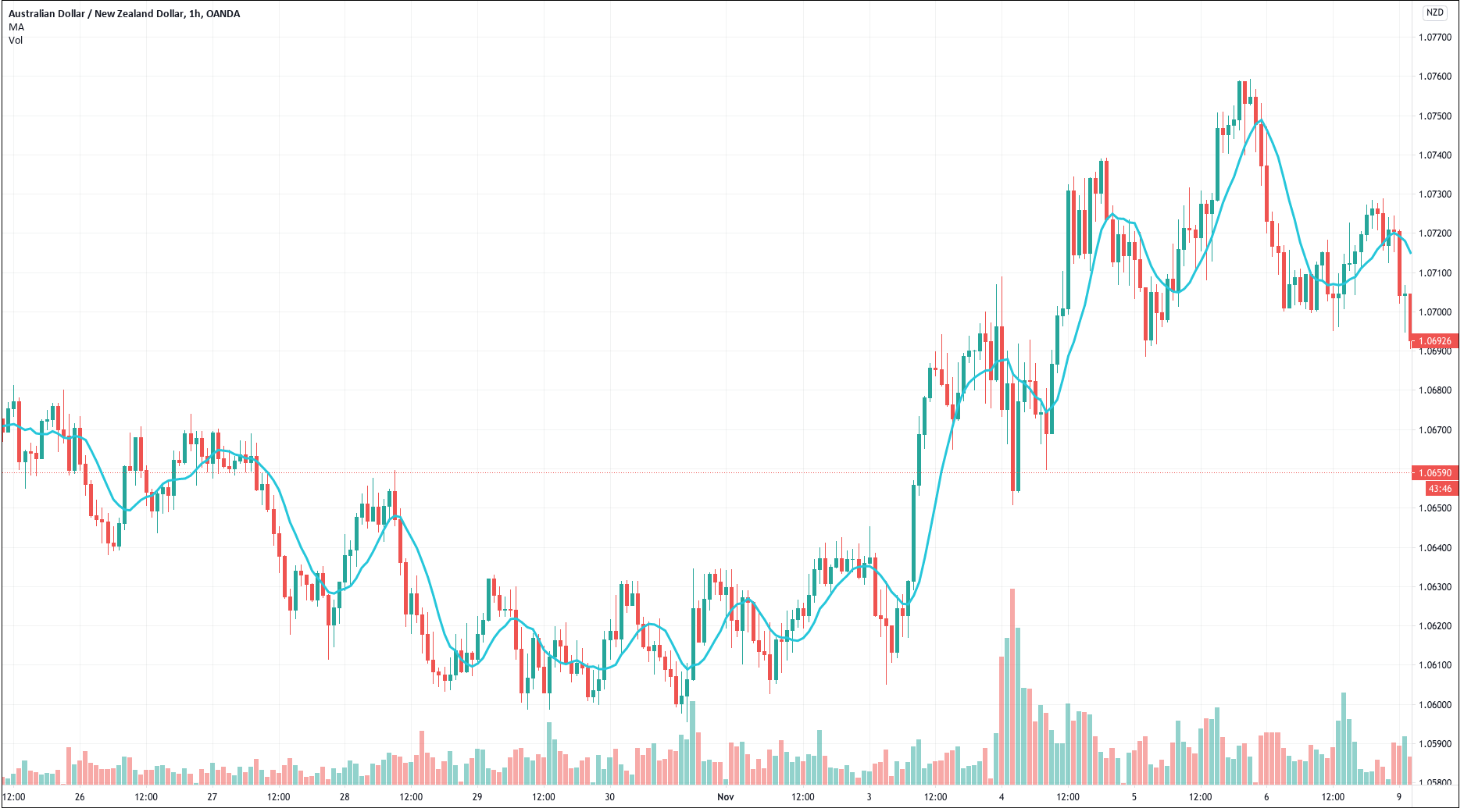
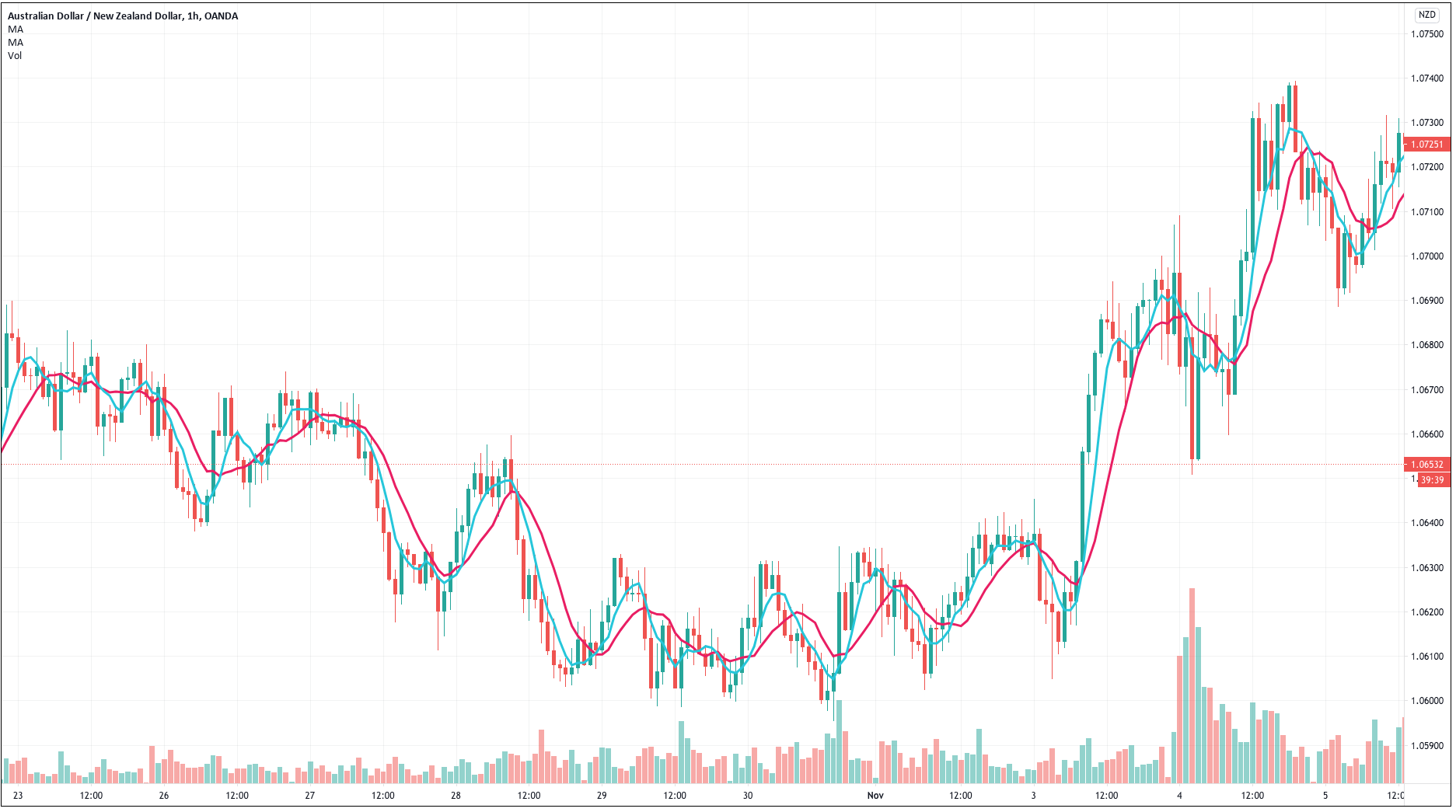
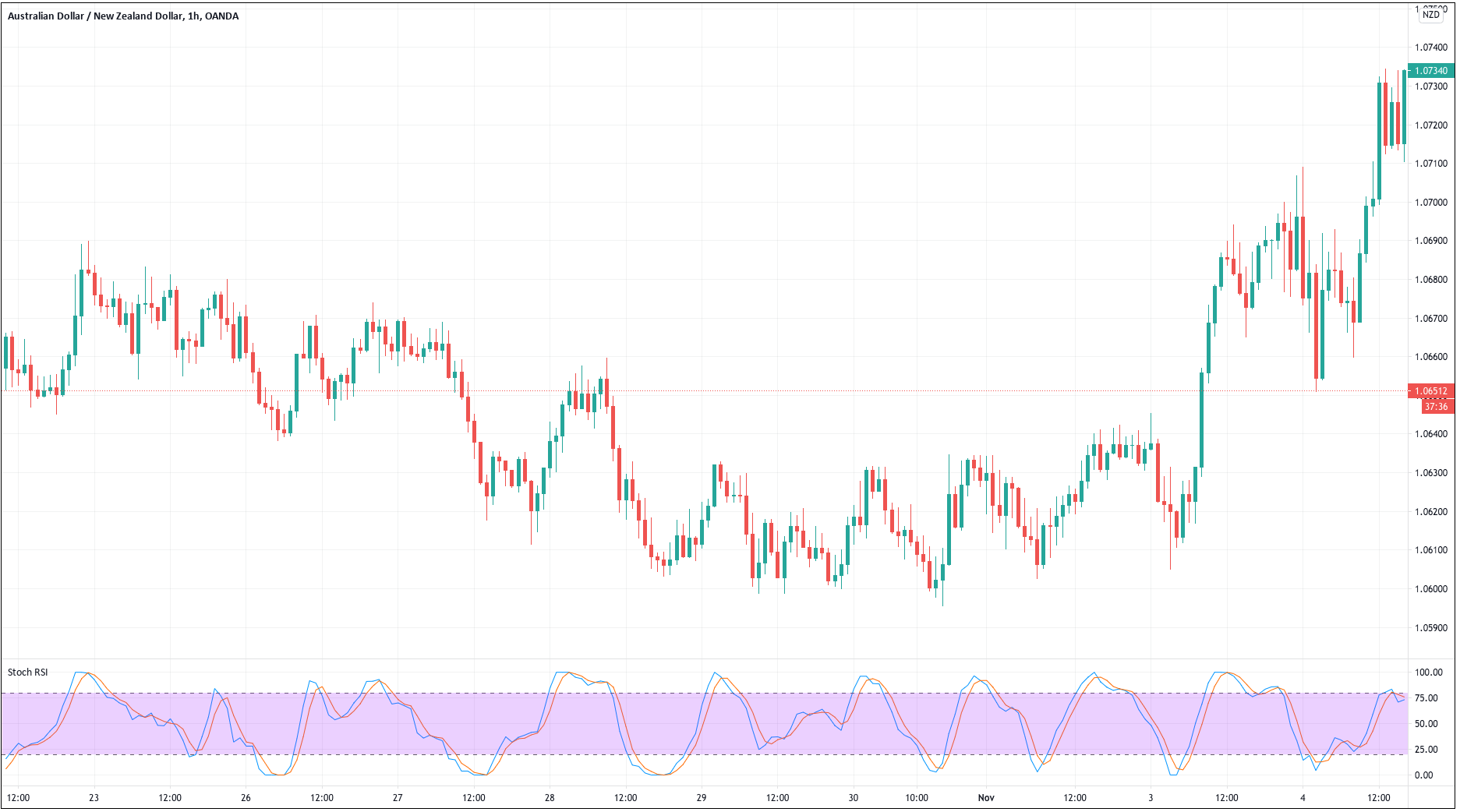

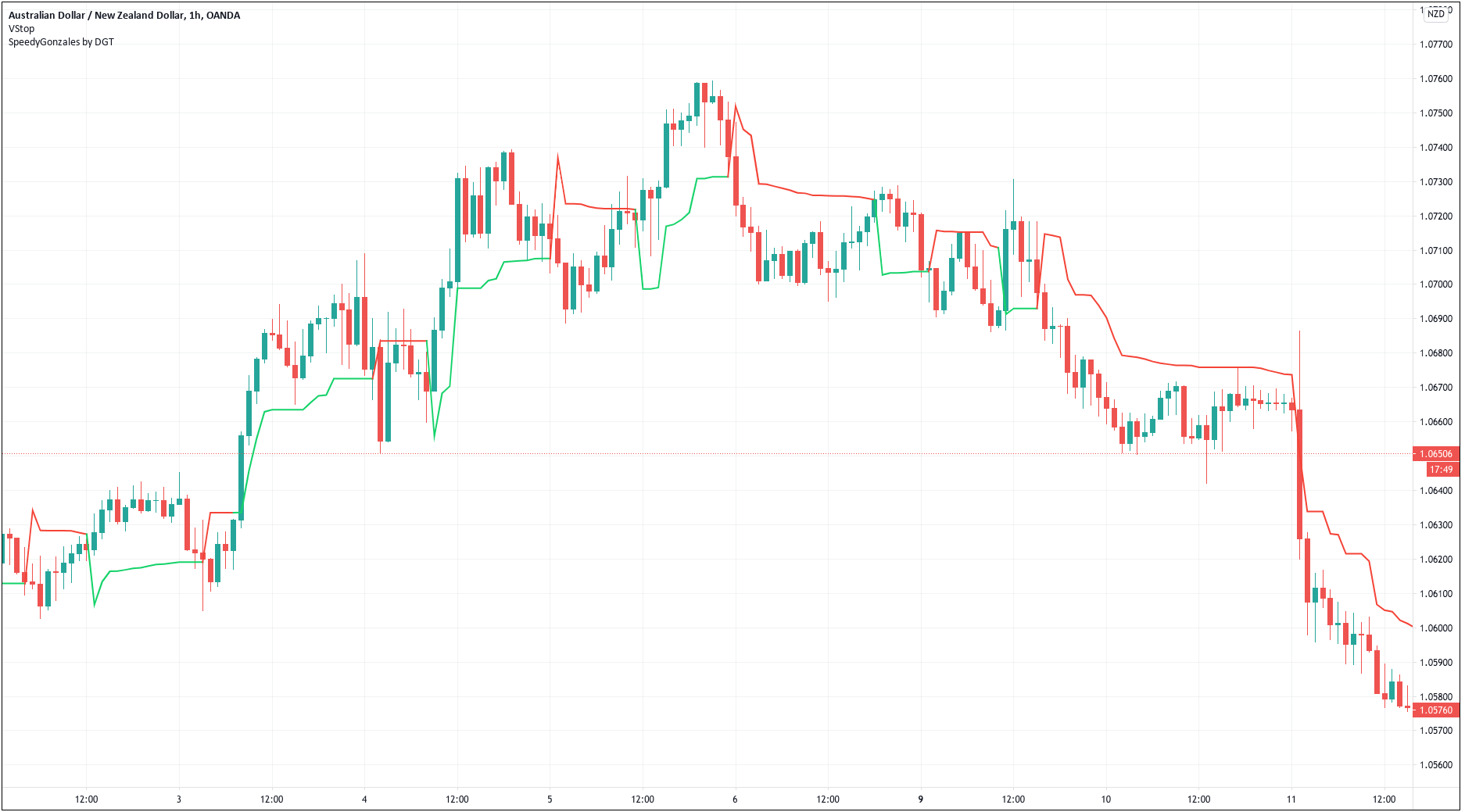
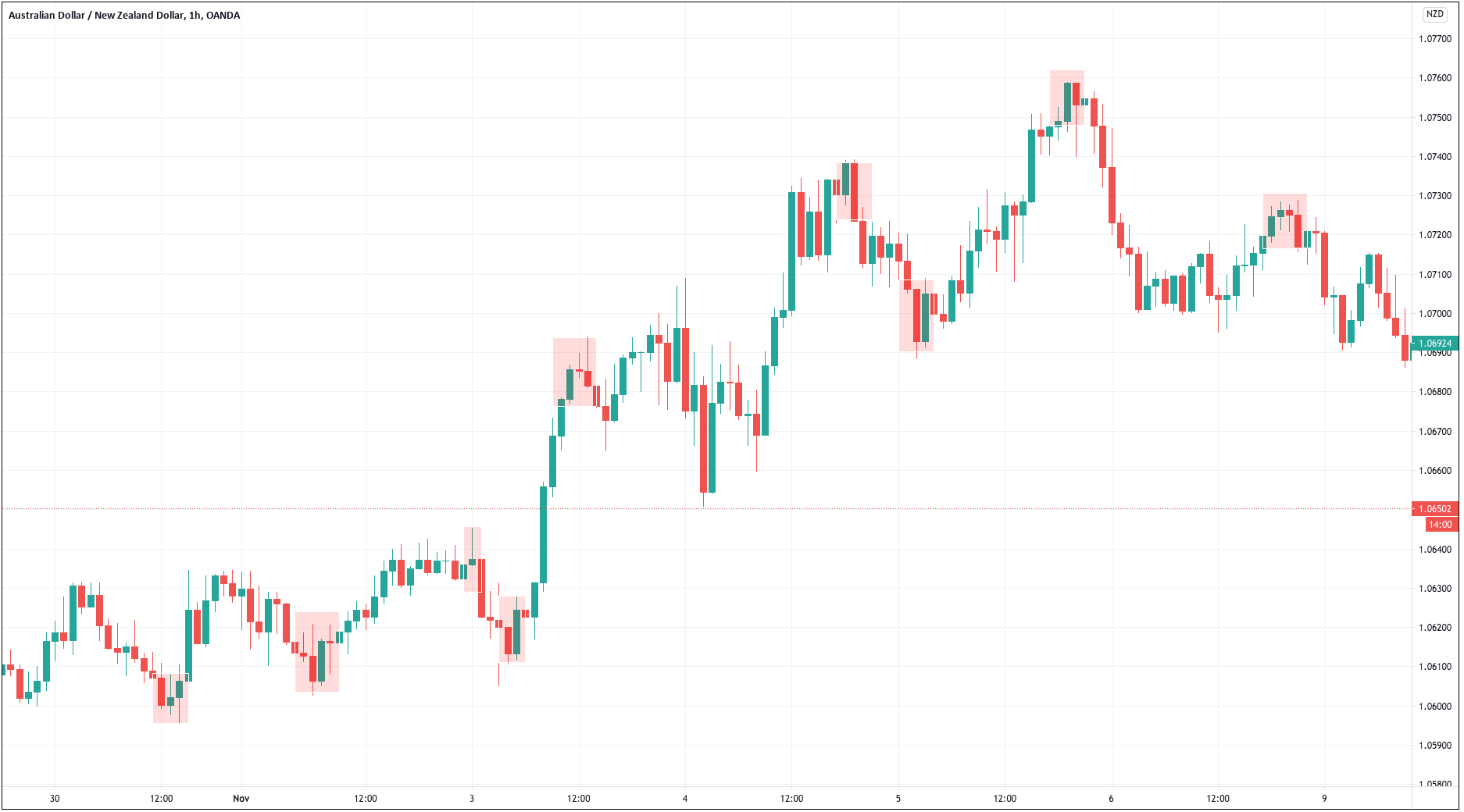
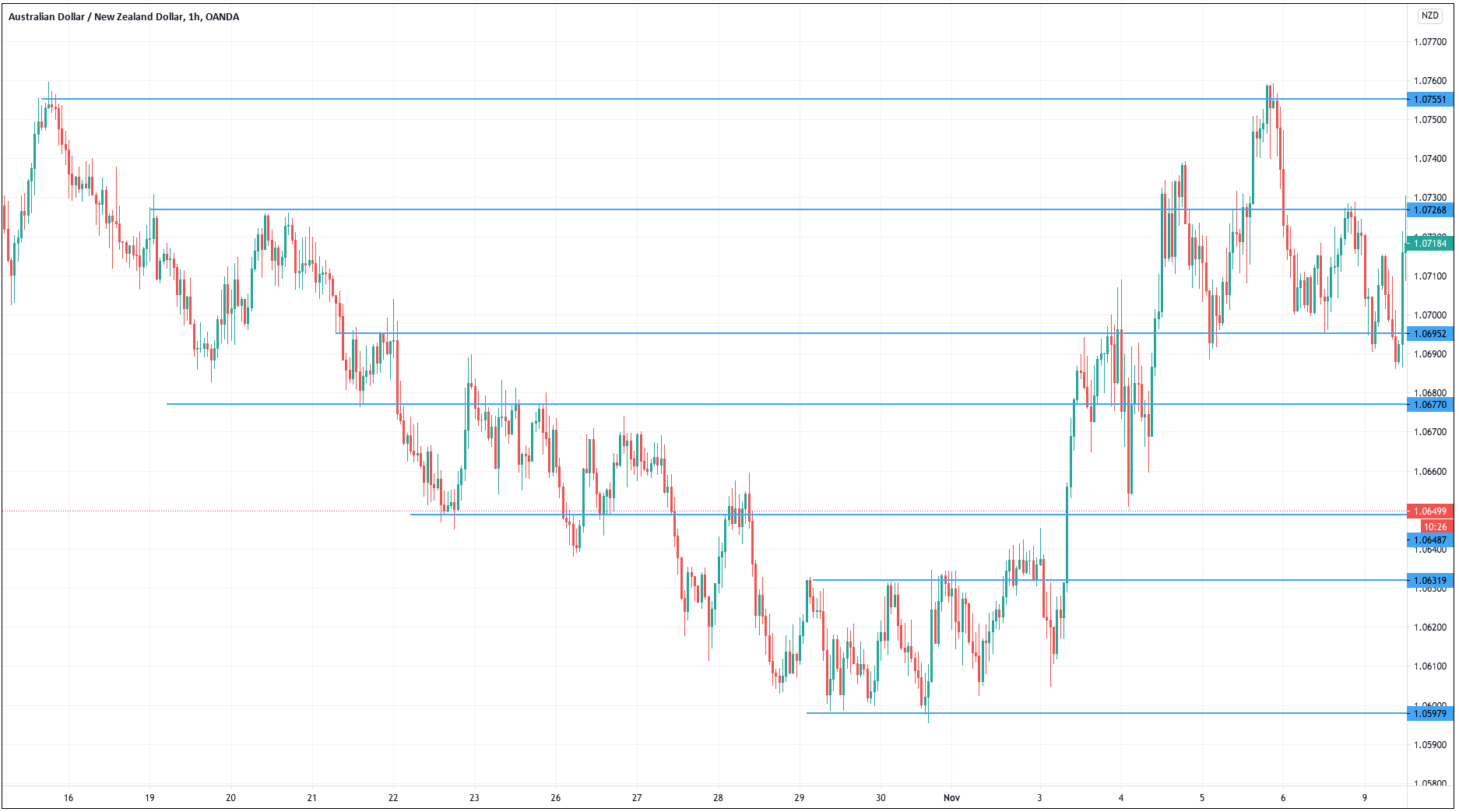
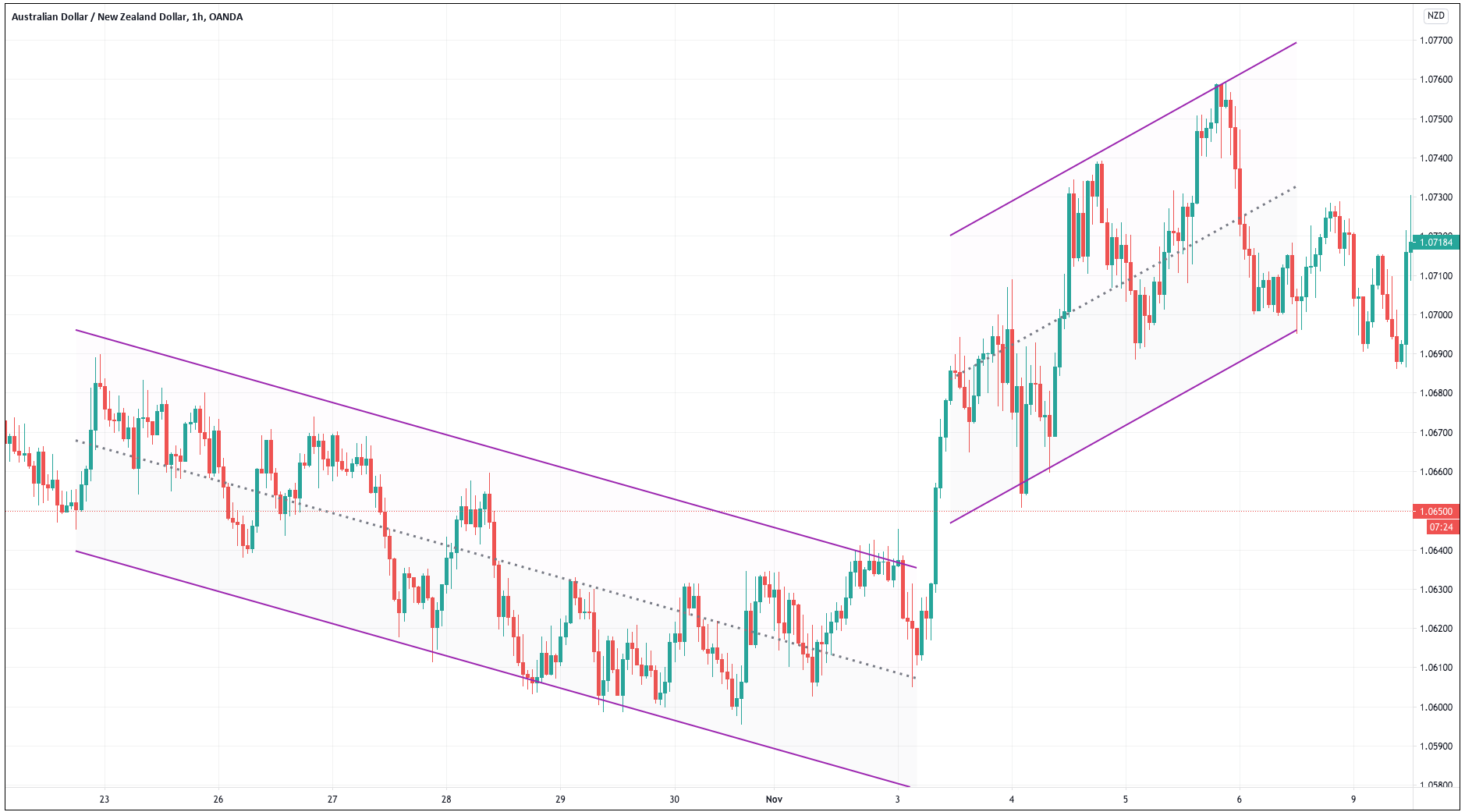
 The first step to see if the idea has merit is to test it in a historical sample under the market conditions it was supposed to operate. Of course, a trading idea is almost always referring to a market entry, as the concept is supposed to time the market. This entry is usually combined with a stop-loss and a
The first step to see if the idea has merit is to test it in a historical sample under the market conditions it was supposed to operate. Of course, a trading idea is almost always referring to a market entry, as the concept is supposed to time the market. This entry is usually combined with a stop-loss and a 
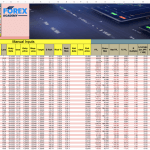
 After 100 backtested trades, the developer has enough information to detect the basic mistakes of the strategy. Maybe the entry has a large lag that hurts profits, or, worse, it is too early, thus triggering the stop-loss too often.
After 100 backtested trades, the developer has enough information to detect the basic mistakes of the strategy. Maybe the entry has a large lag that hurts profits, or, worse, it is too early, thus triggering the stop-loss too often.
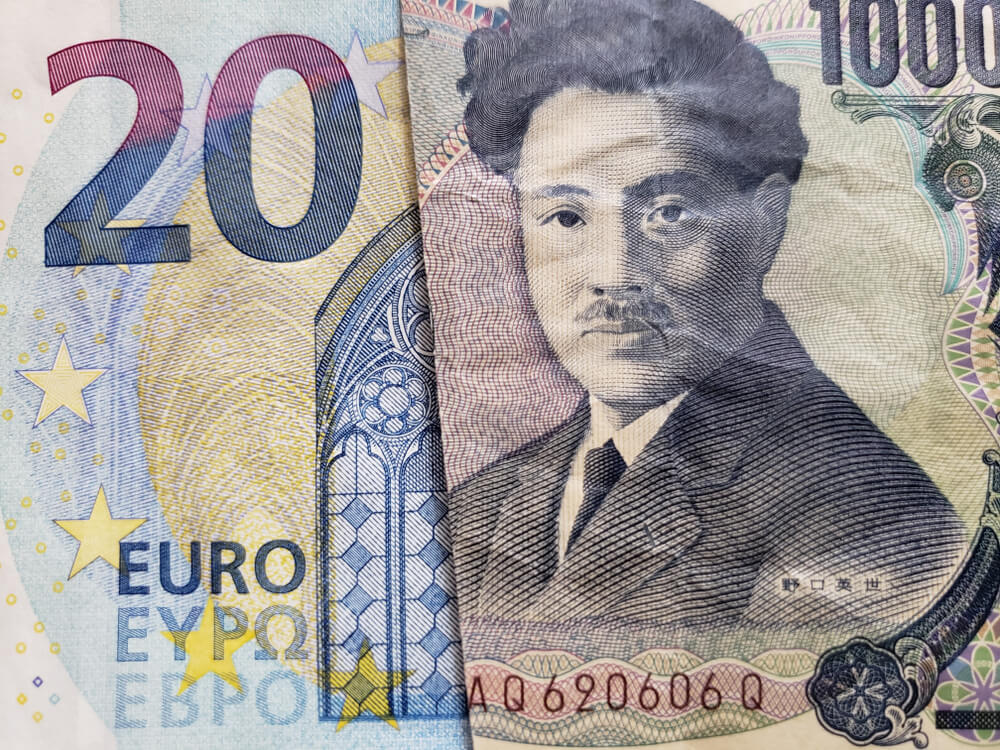




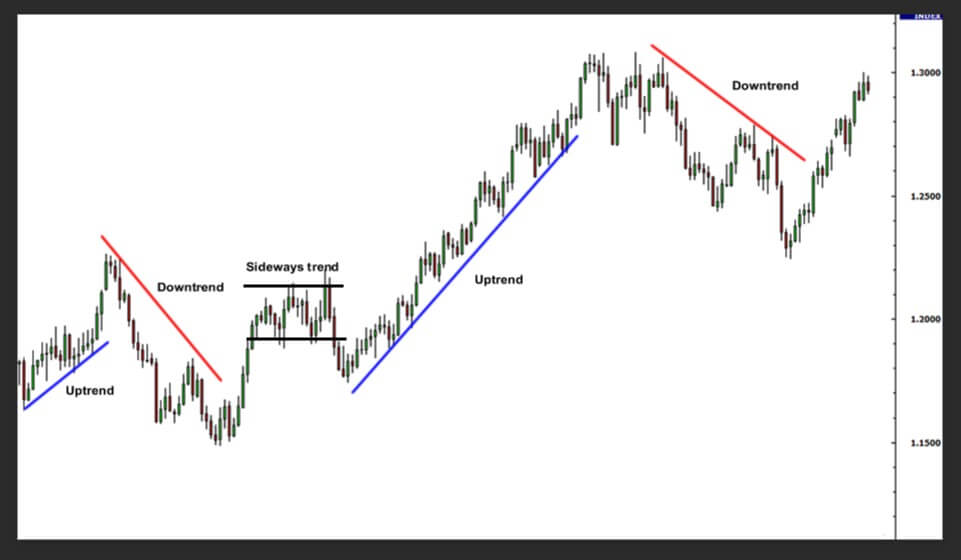
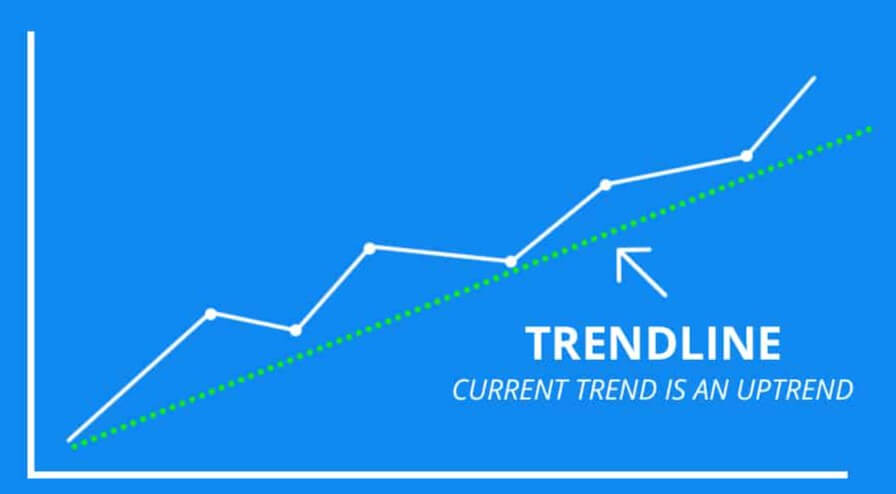

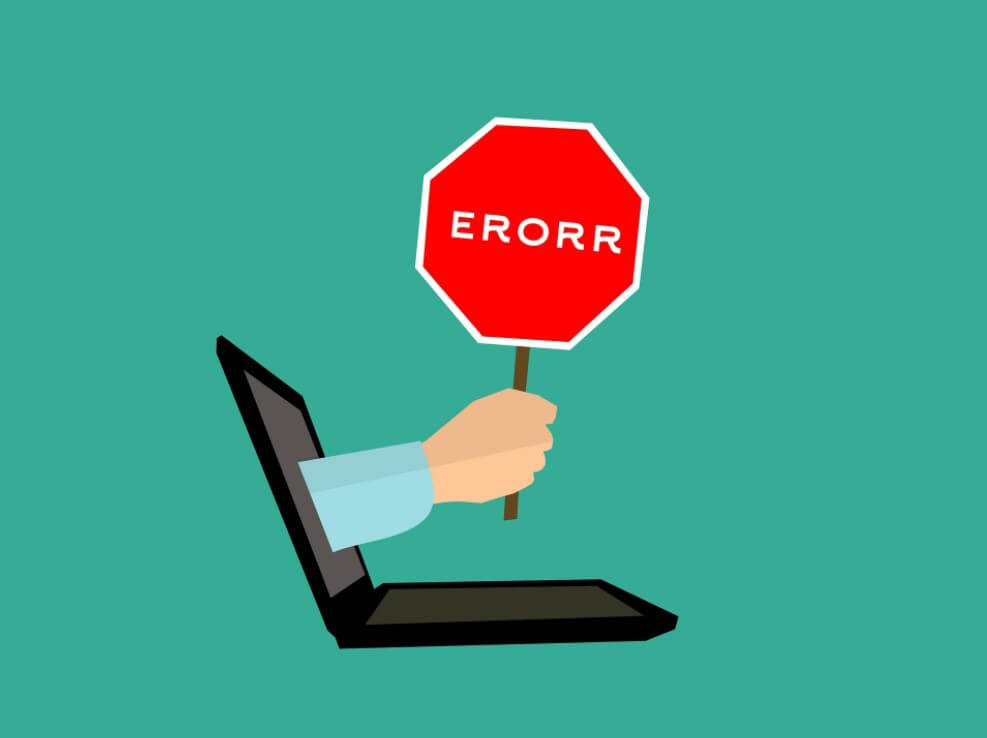
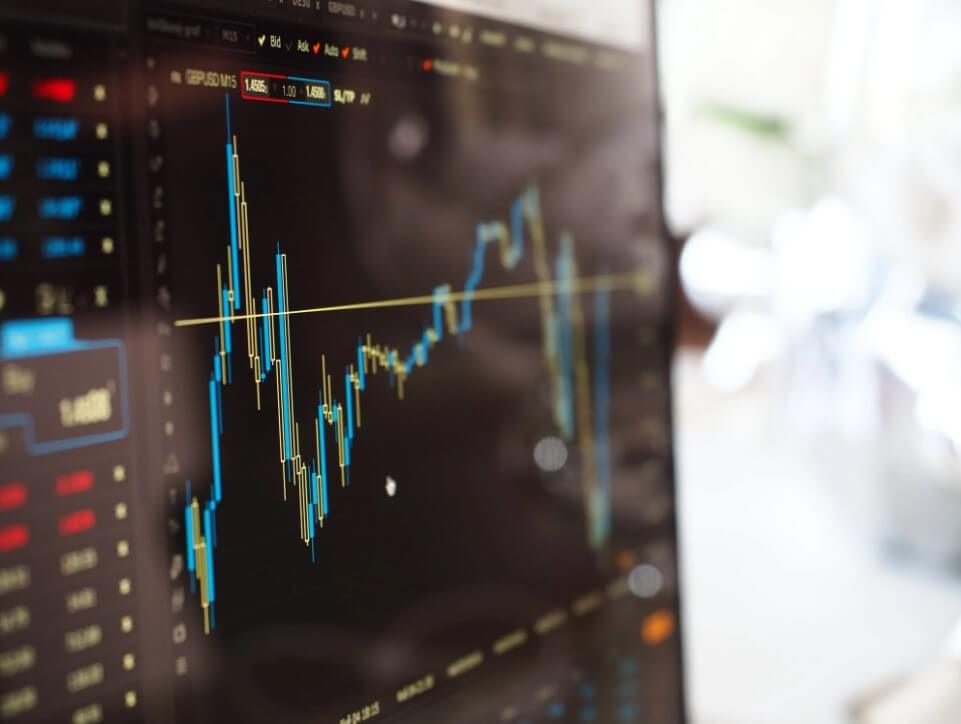

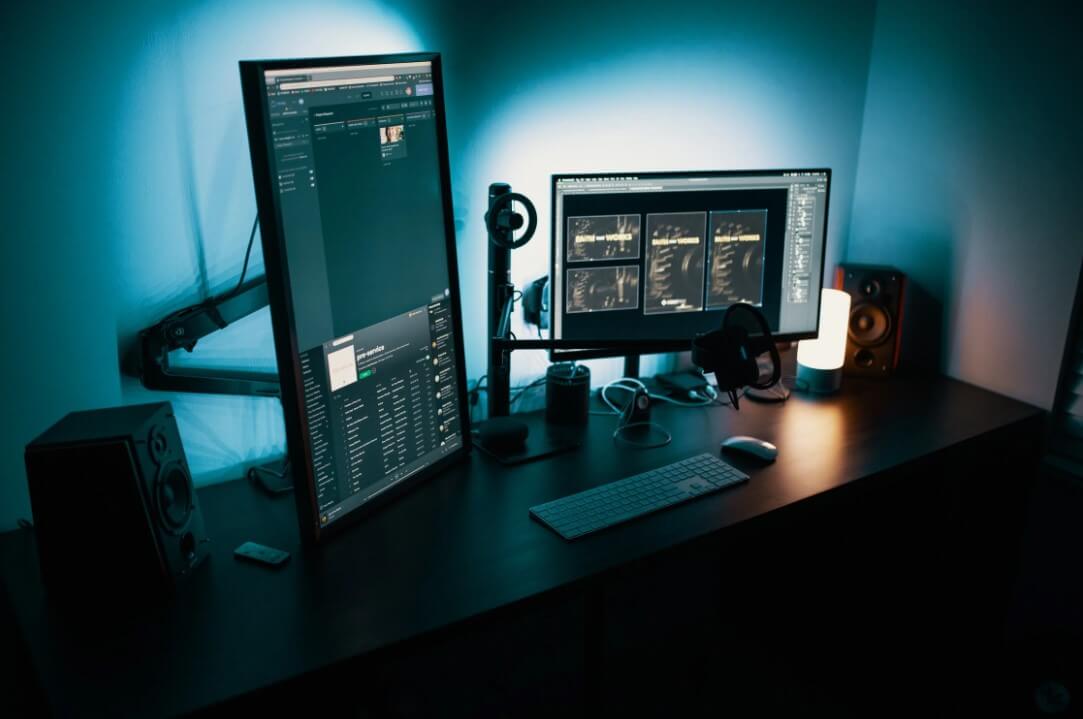
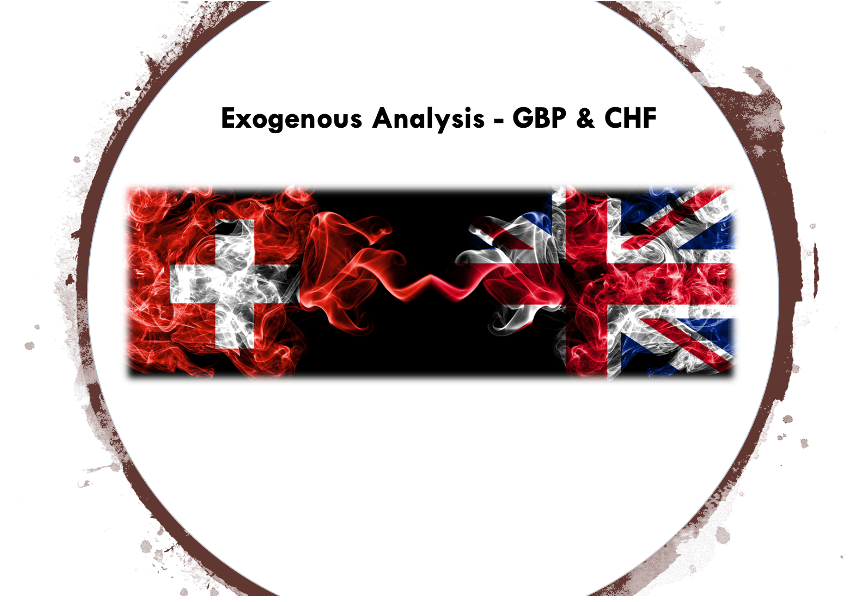






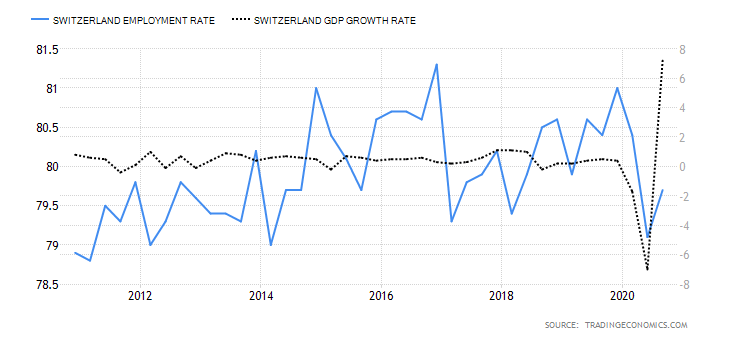
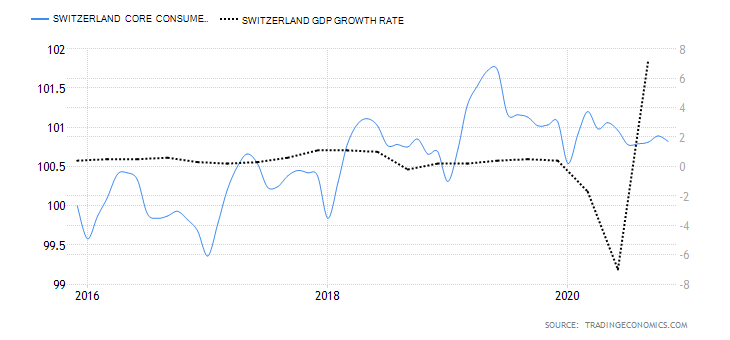
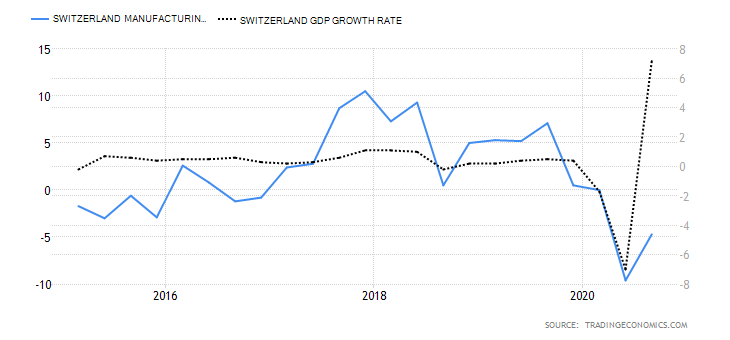
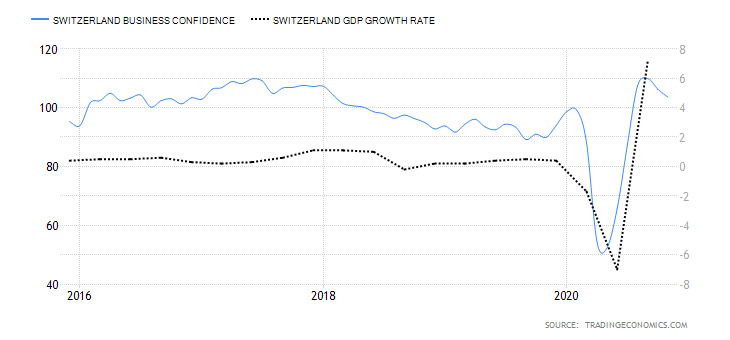
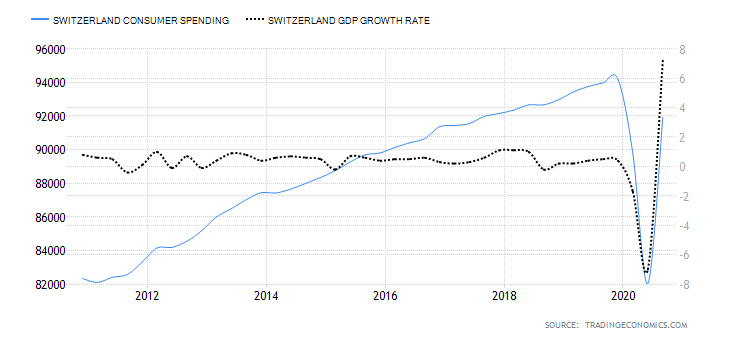

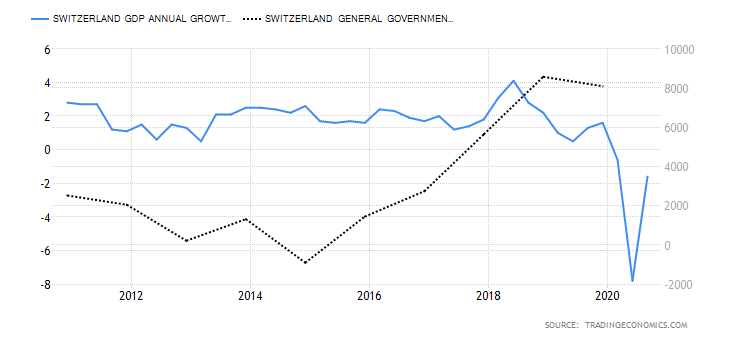

 Traders, especially novice traders, get emotional and lose money because their emotions interfere and stop making rational decisions in the battle’s heat. Thus, the first thing to avoid is
Traders, especially novice traders, get emotional and lose money because their emotions interfere and stop making rational decisions in the battle’s heat. Thus, the first thing to avoid is  The rubber band idea describes the price as if it was a rubber band or spring. When it moves far away from equilibrium, we expect the force to pull it to its center to increase and eventually drive it back to equilibrium.
The rubber band idea describes the price as if it was a rubber band or spring. When it moves far away from equilibrium, we expect the force to pull it to its center to increase and eventually drive it back to equilibrium. fferent waves are in sync, and chaotic moves occur when waves desync.
fferent waves are in sync, and chaotic moves occur when waves desync.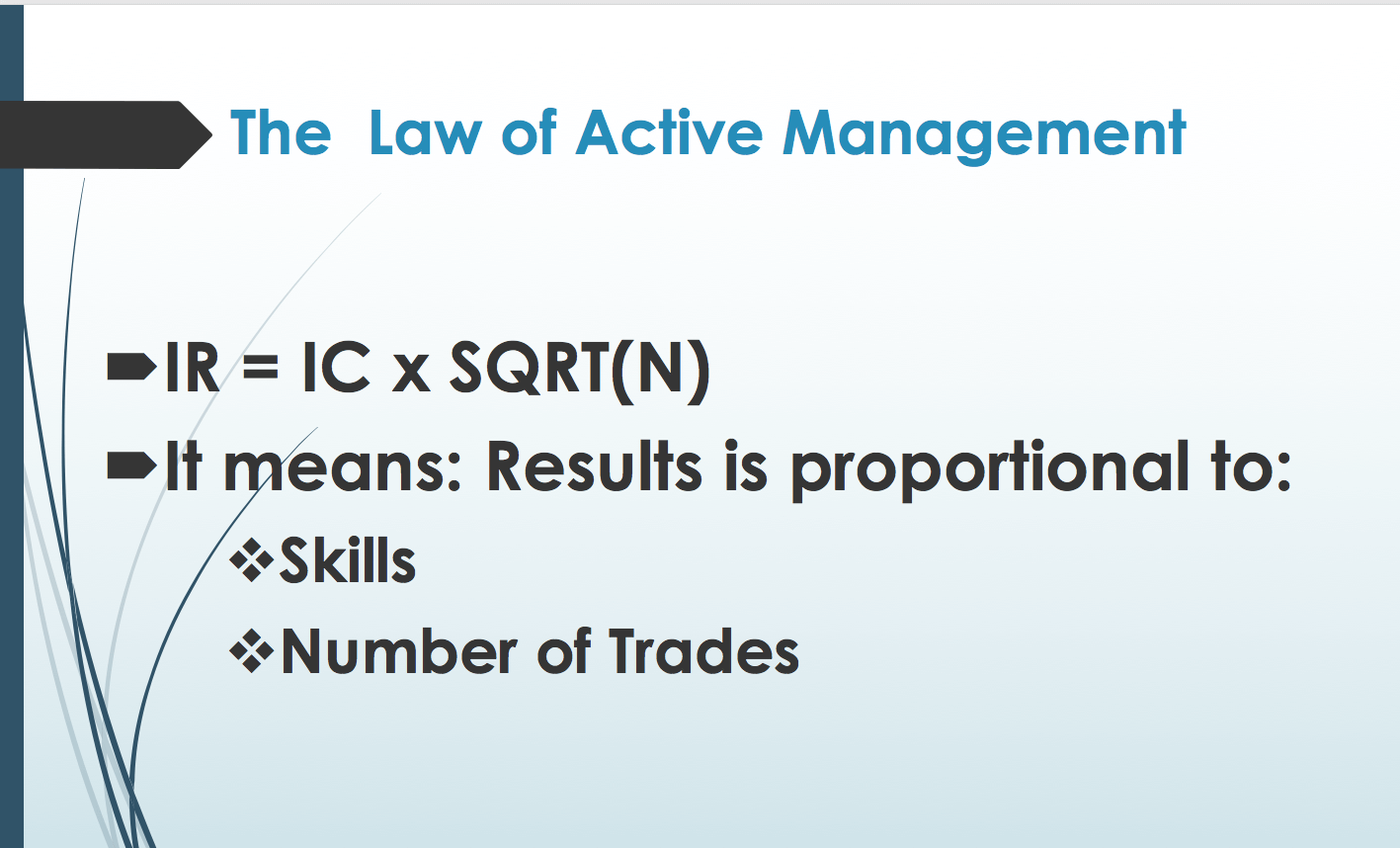
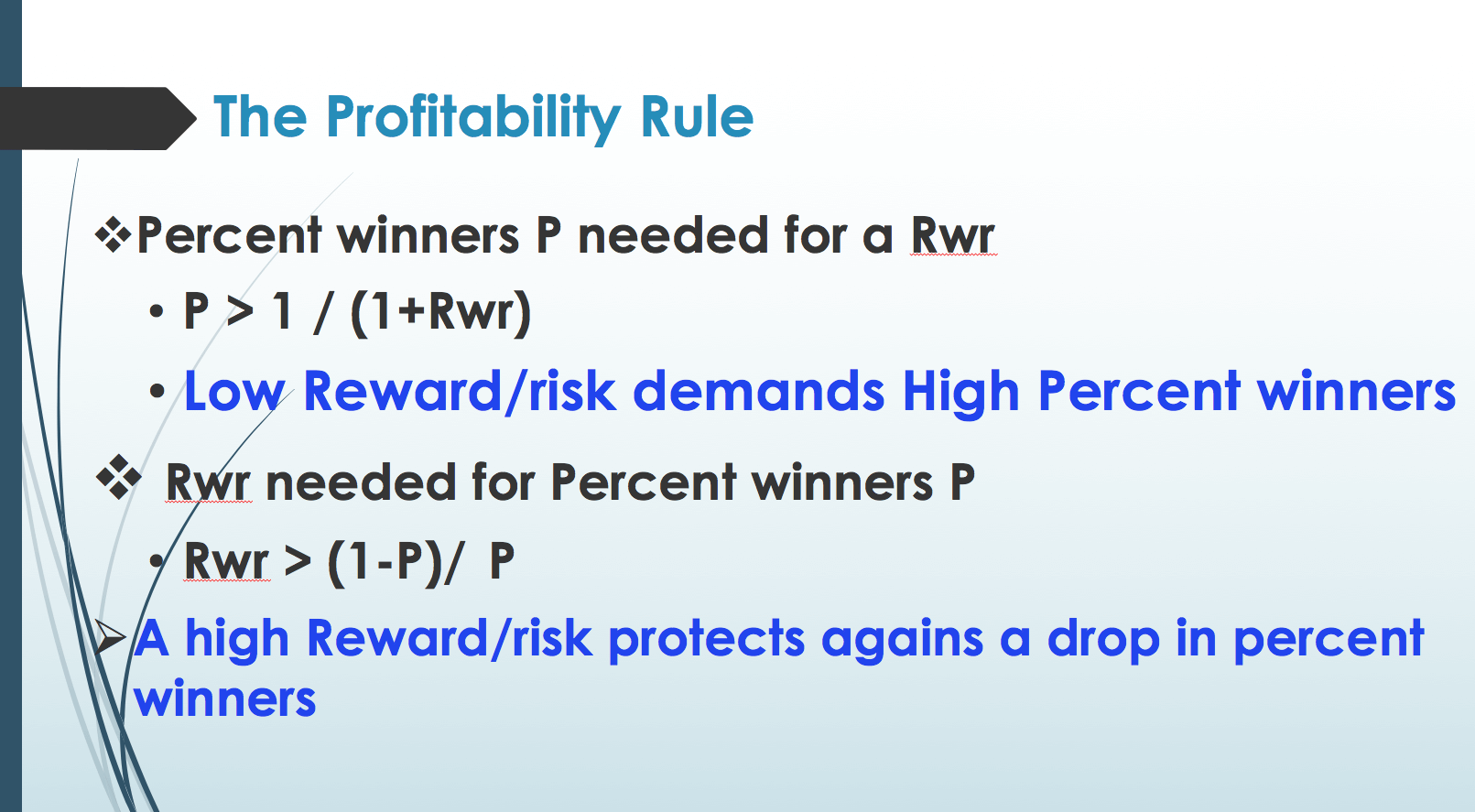
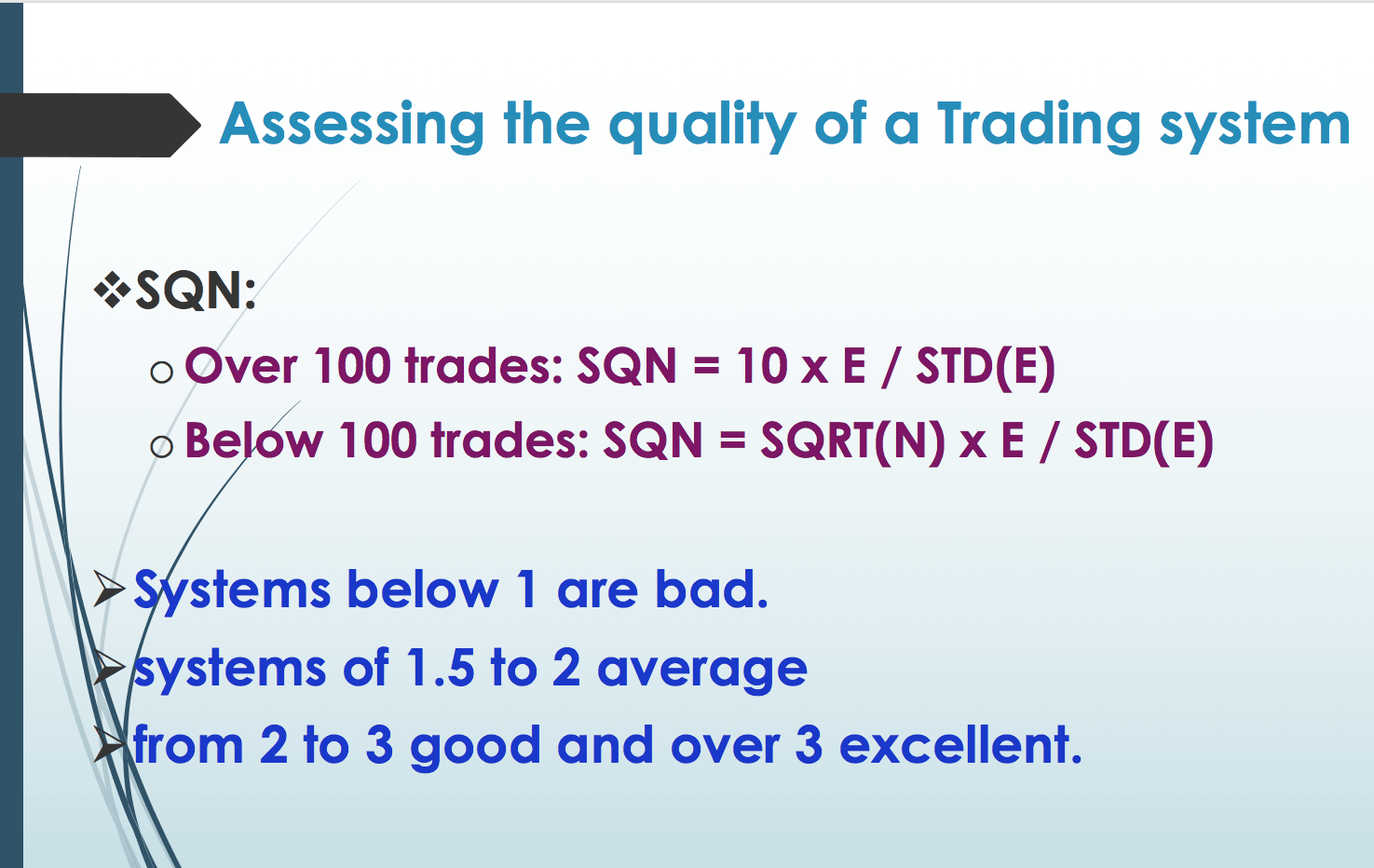
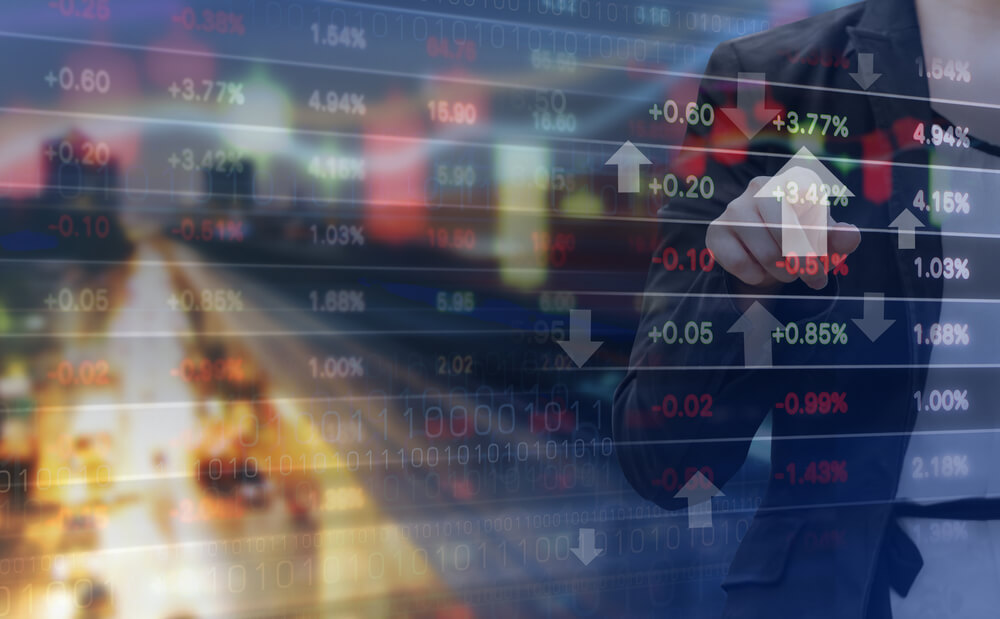
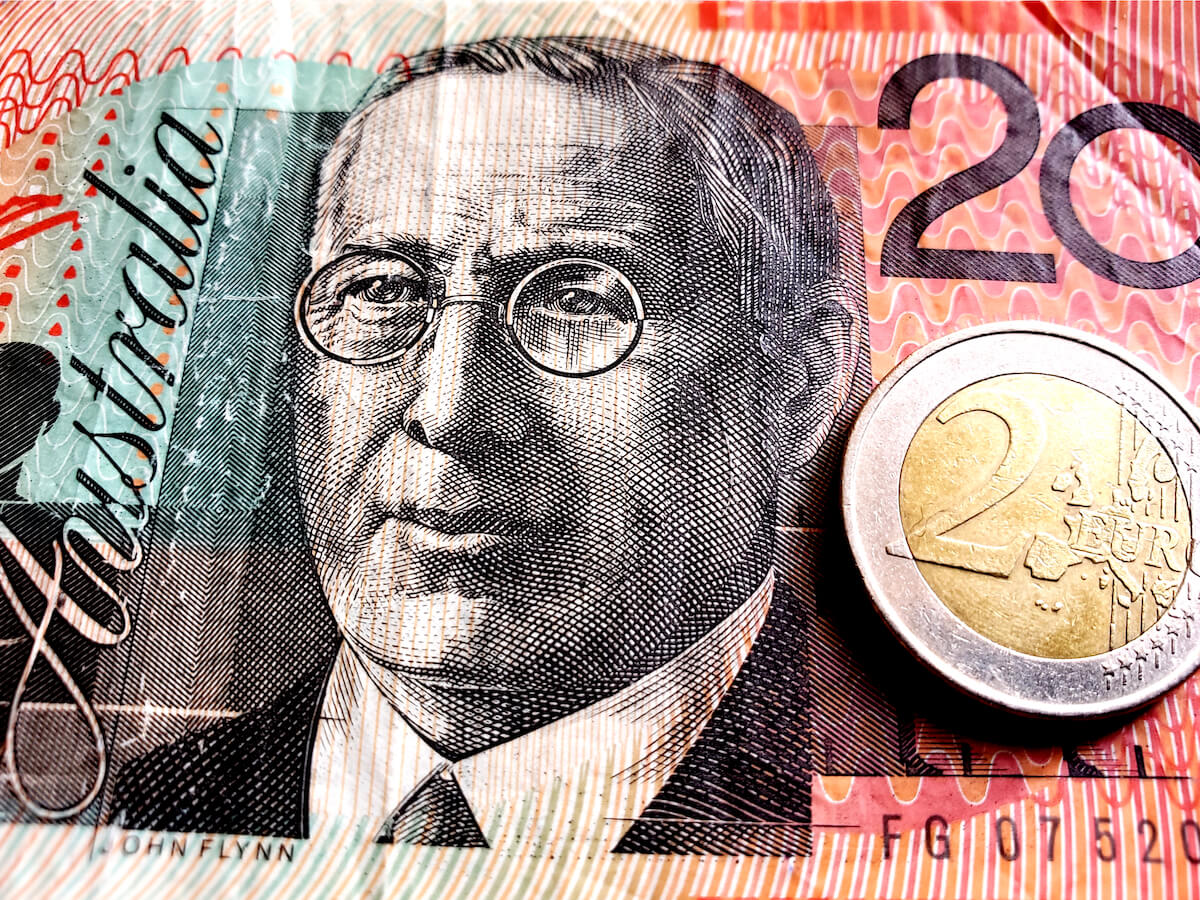

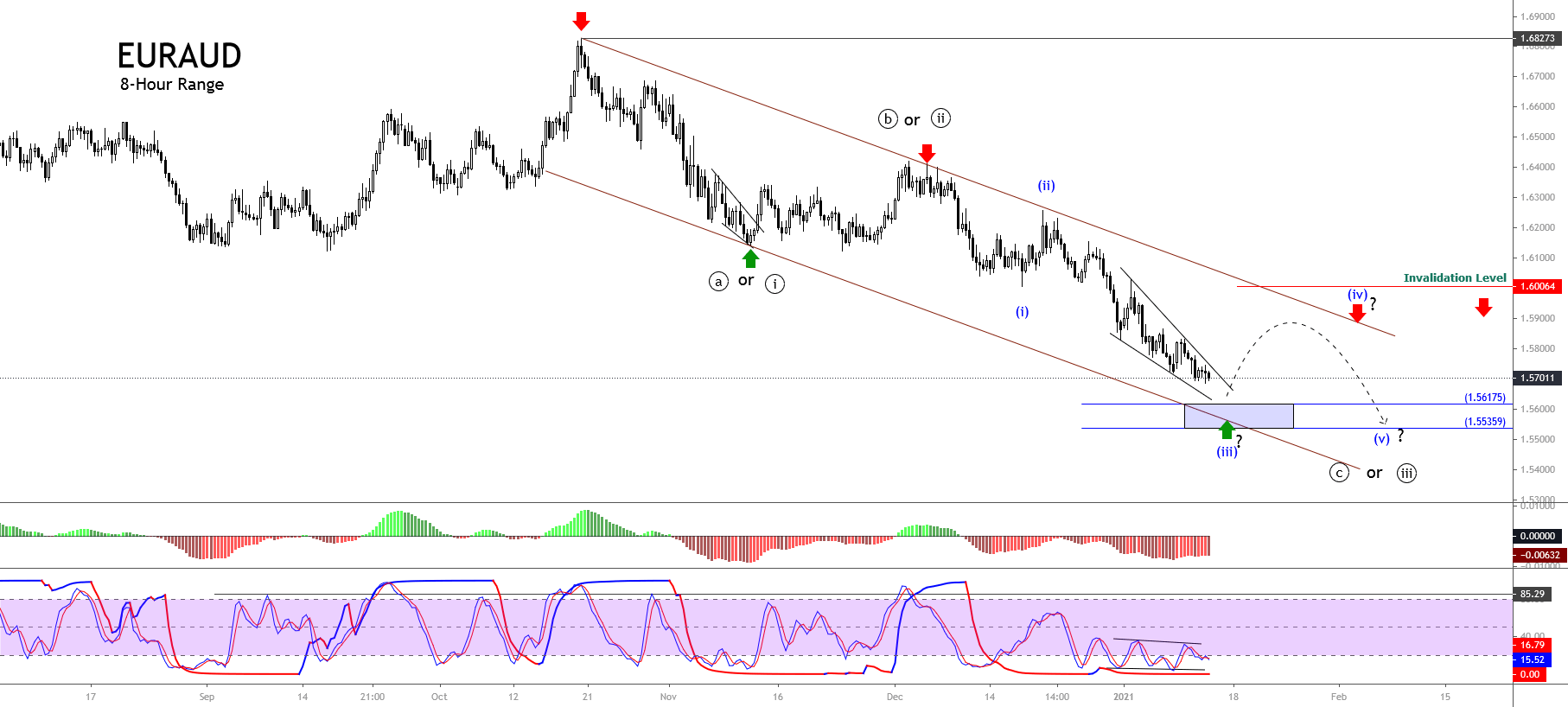

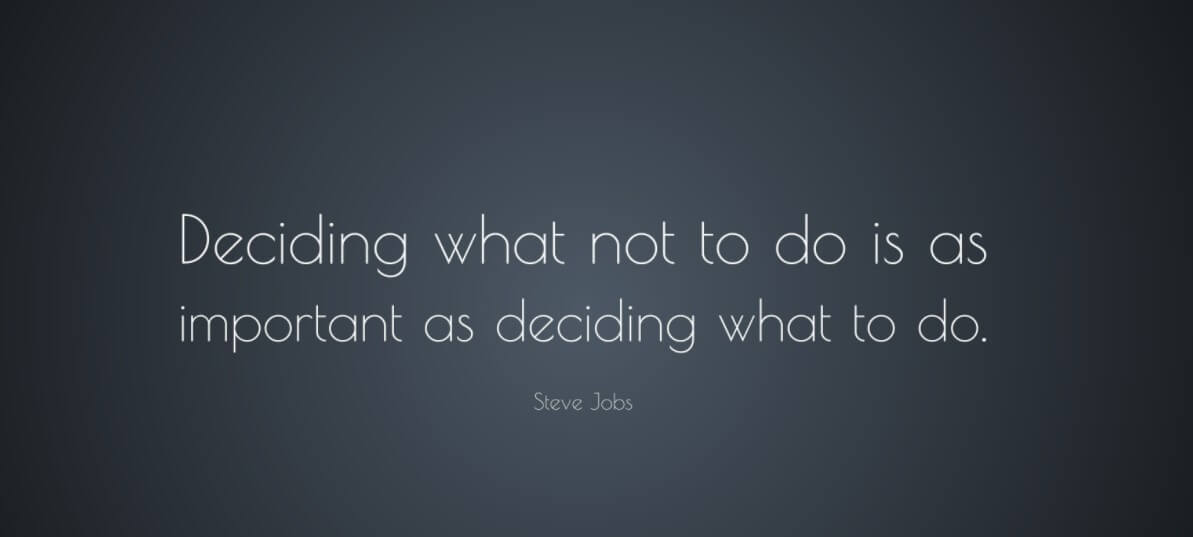





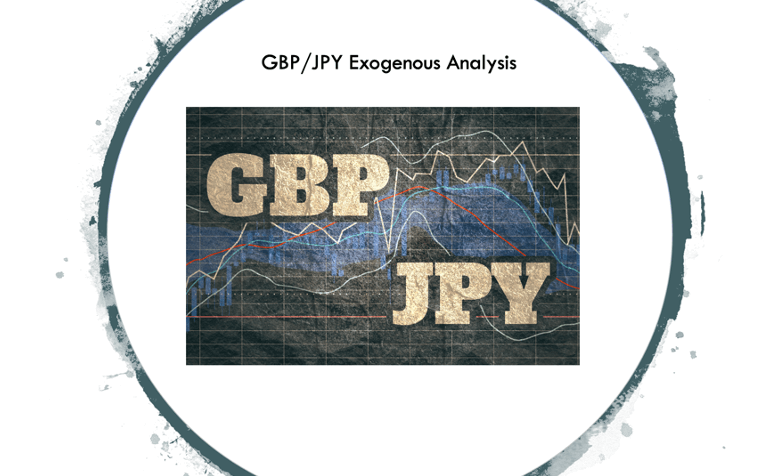
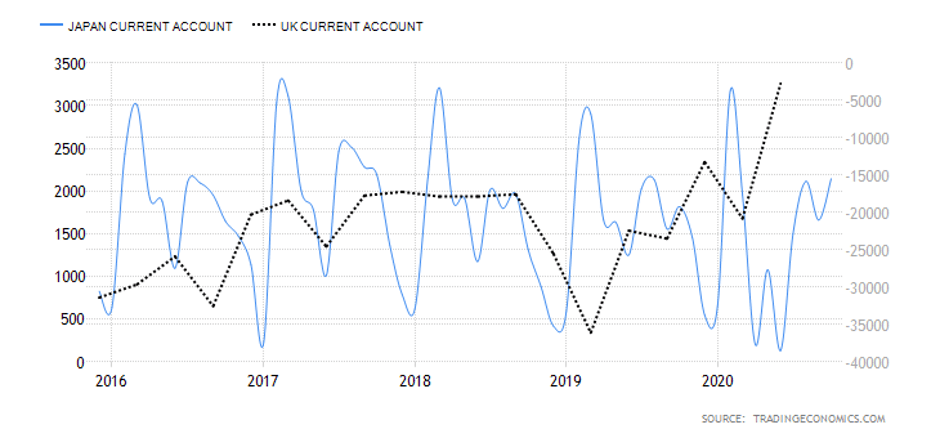
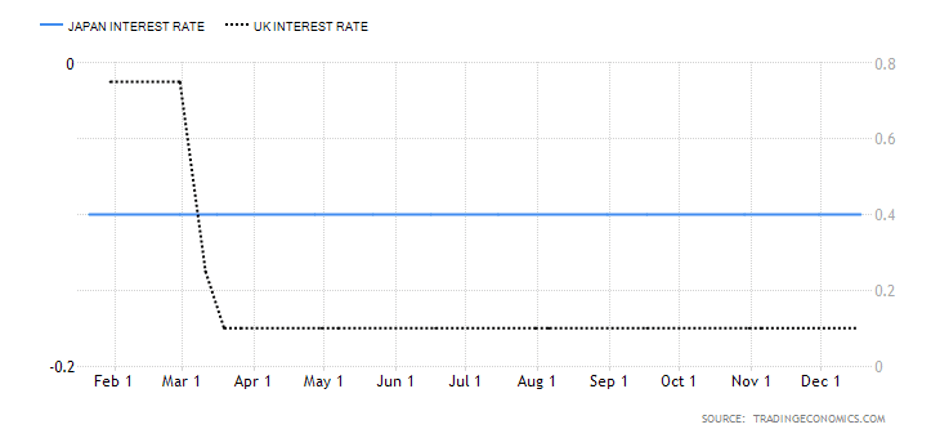
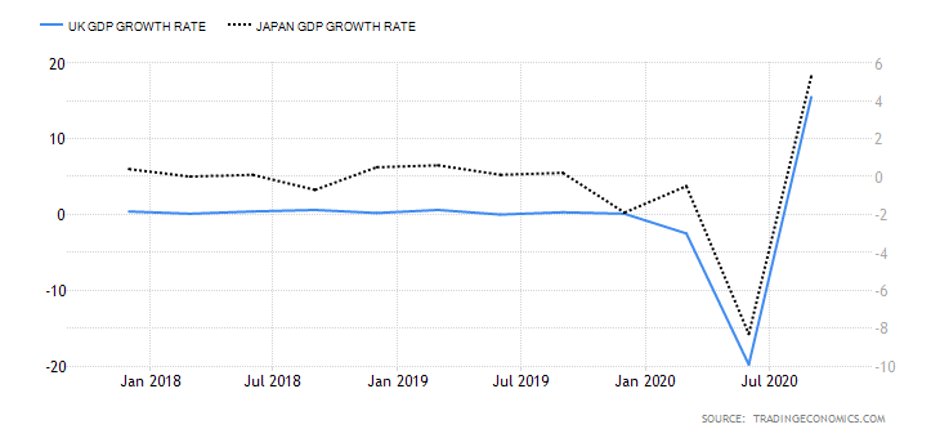
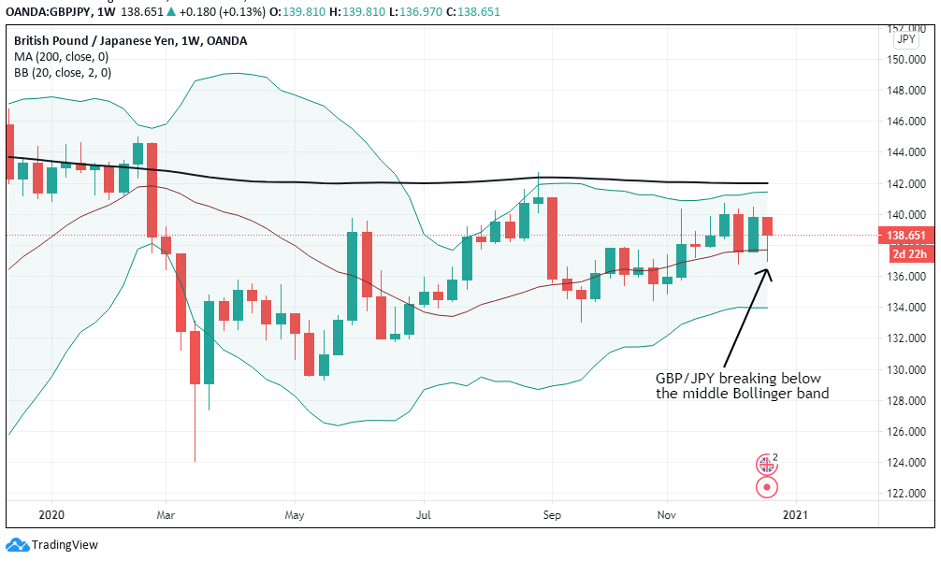



 As said in our previous video, financial markets are unbounded territories where each trader needs to set his own rules; otherwise, they will be influenced by his emotions and fail. A trading system is their set of rules that enable them a long-term success.
As said in our previous video, financial markets are unbounded territories where each trader needs to set his own rules; otherwise, they will be influenced by his emotions and fail. A trading system is their set of rules that enable them a long-term success.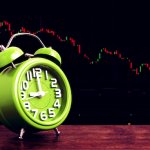 The chosen timeframe should match the availability to trade. A trader with a day job would need to select a daily or a 12-hour timeframe, whereas a full-time trader could use shorter frames, such as 15-min, one, two, or four-hour timeframes.
The chosen timeframe should match the availability to trade. A trader with a day job would need to select a daily or a 12-hour timeframe, whereas a full-time trader could use shorter frames, such as 15-min, one, two, or four-hour timeframes. A permisioning filter is a way to avoid trading under determined circumstances. It can be a filter that allows only trading in the direction of the primary trend or an overbought/oversold sign that should be on for a determined candlestick or pattern formation to be valid.
A permisioning filter is a way to avoid trading under determined circumstances. It can be a filter that allows only trading in the direction of the primary trend or an overbought/oversold sign that should be on for a determined candlestick or pattern formation to be valid.

 Position sizing is the part of your plan that tells you how much risk you should take on a trade. We have had a
Position sizing is the part of your plan that tells you how much risk you should take on a trade. We have had a 